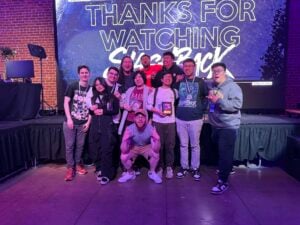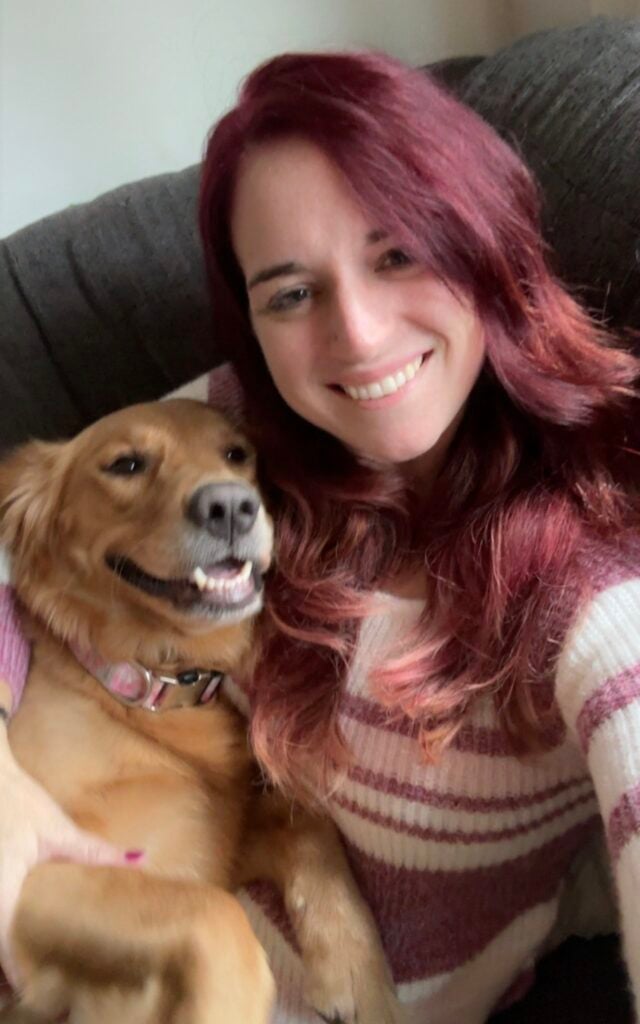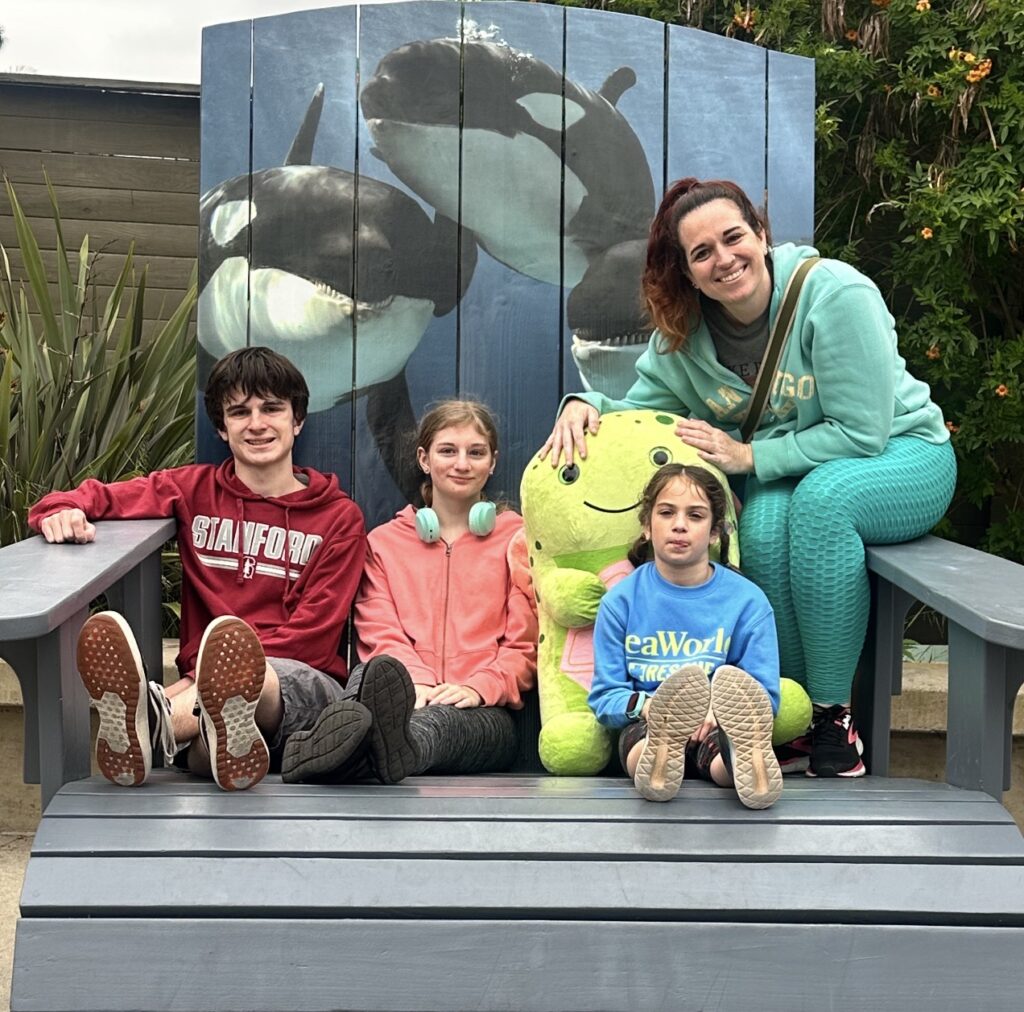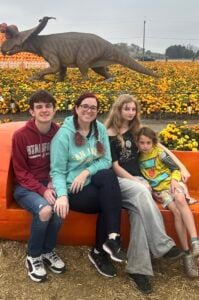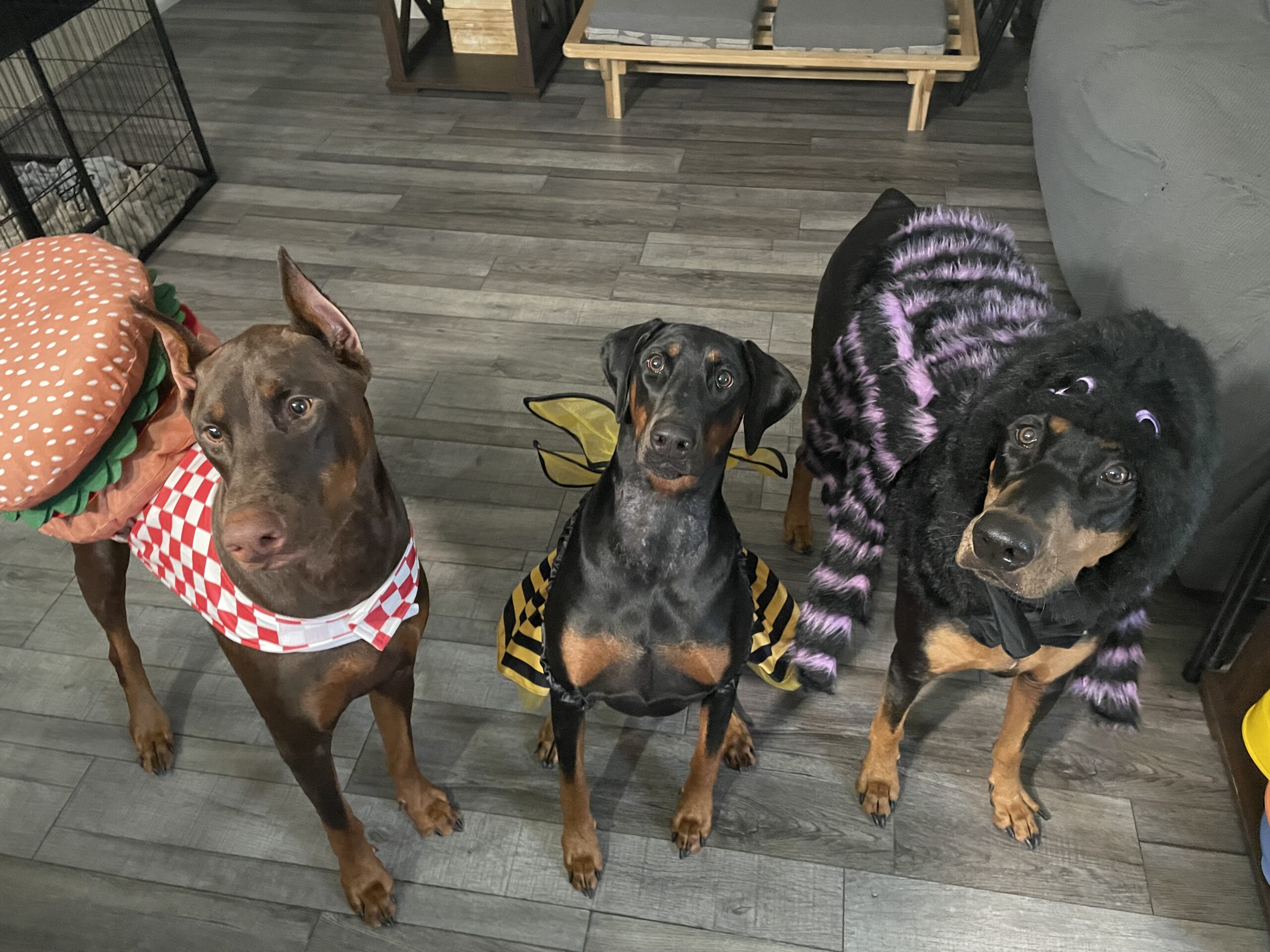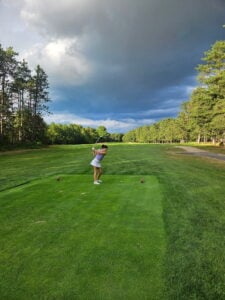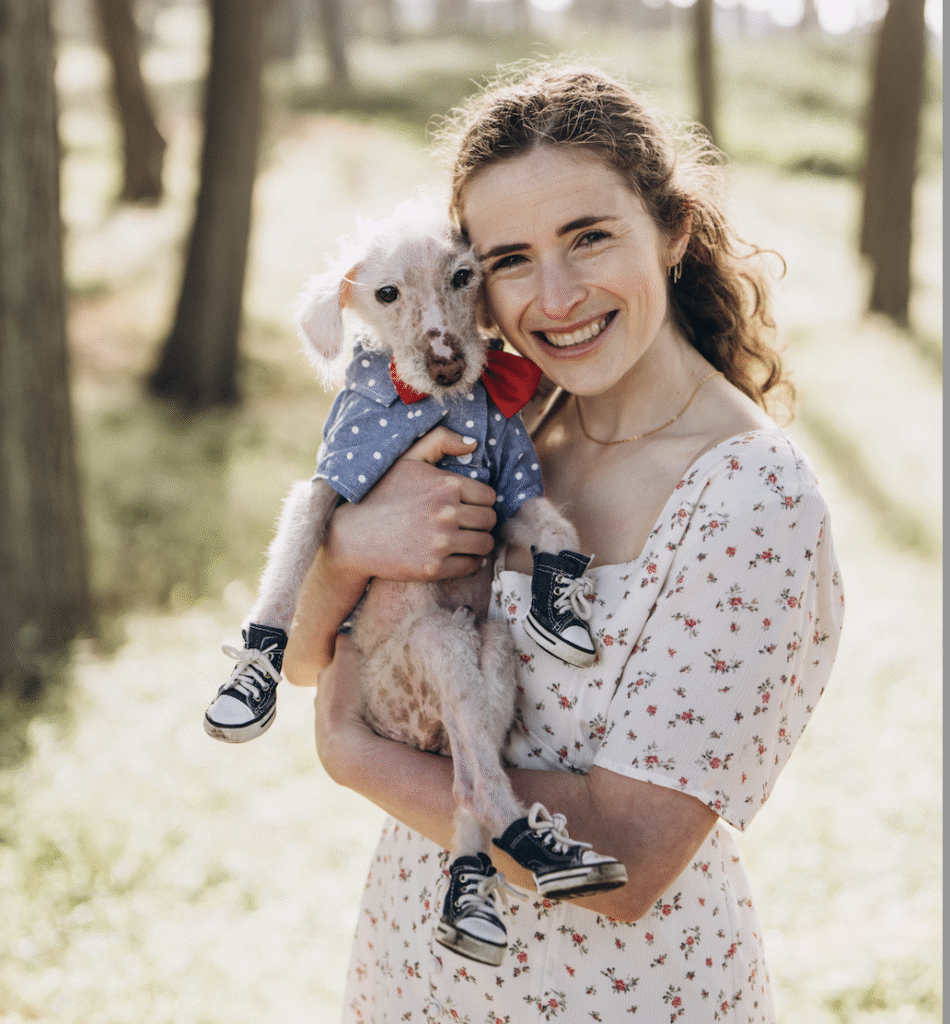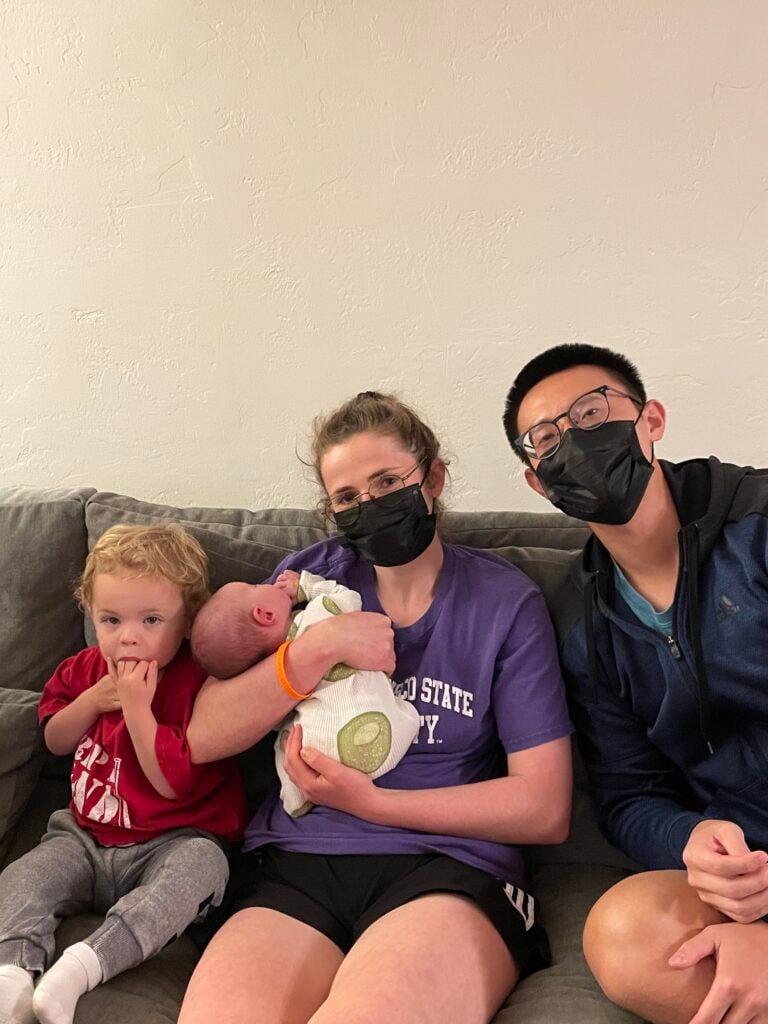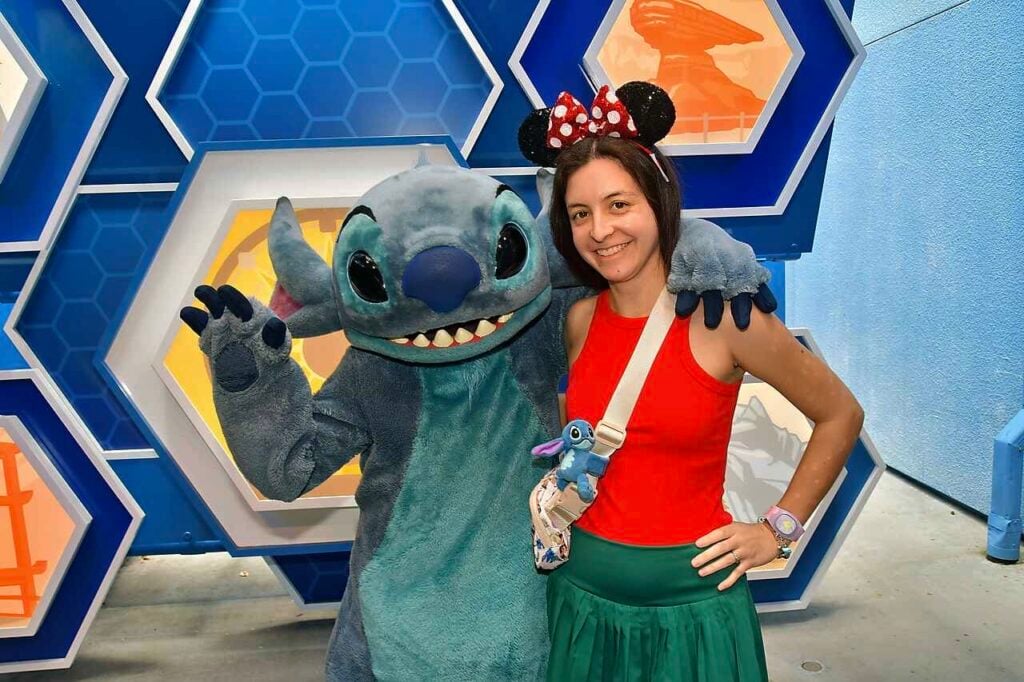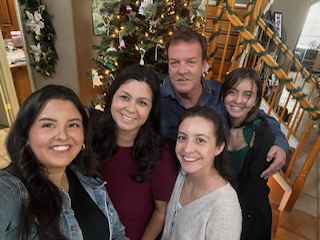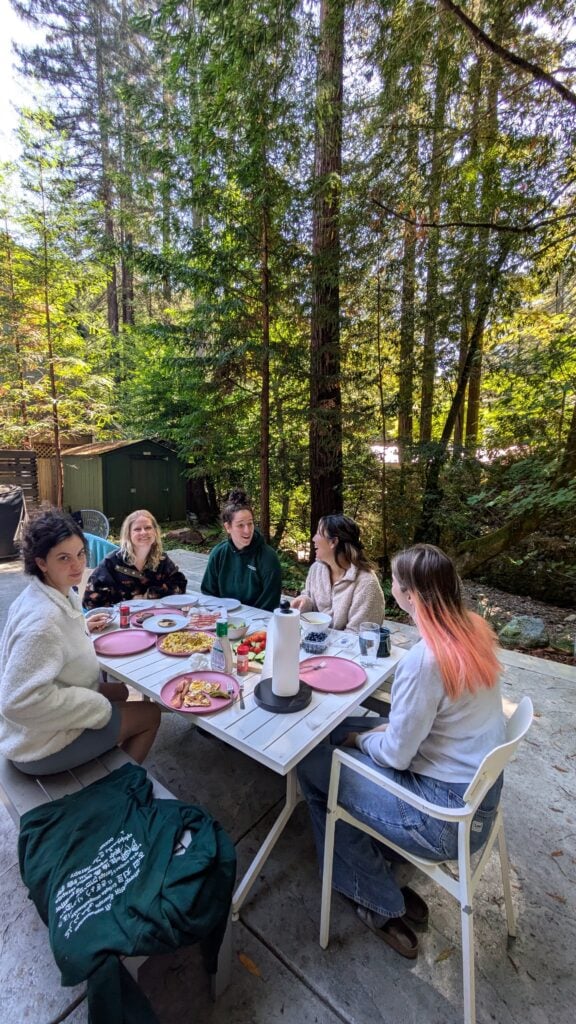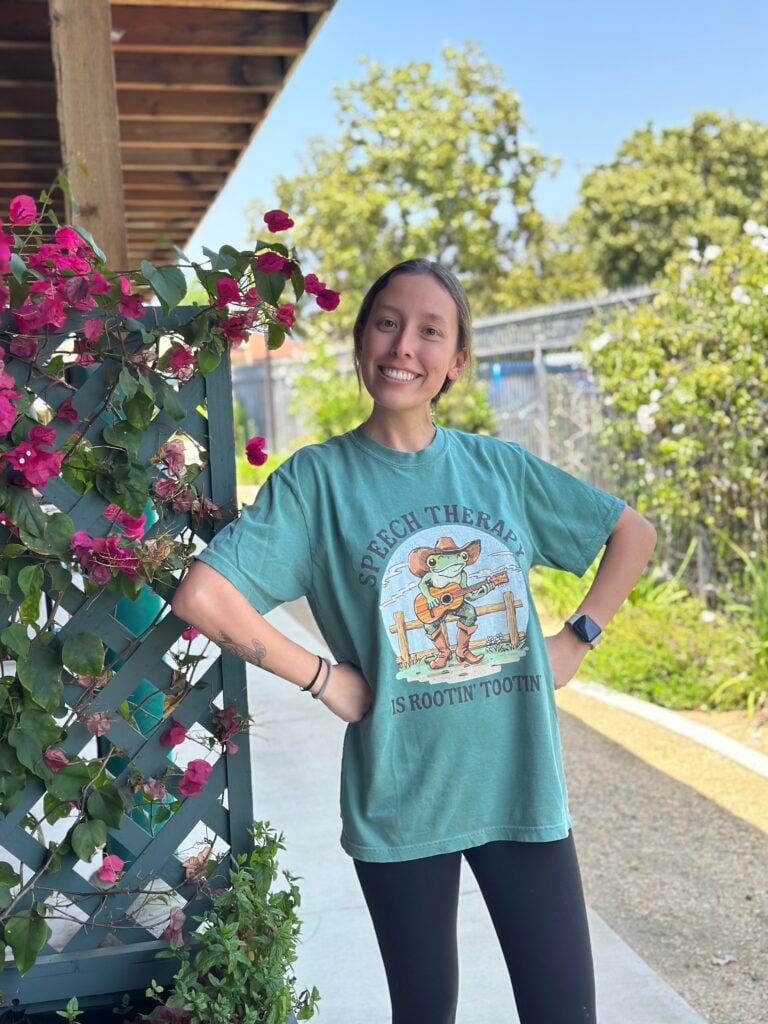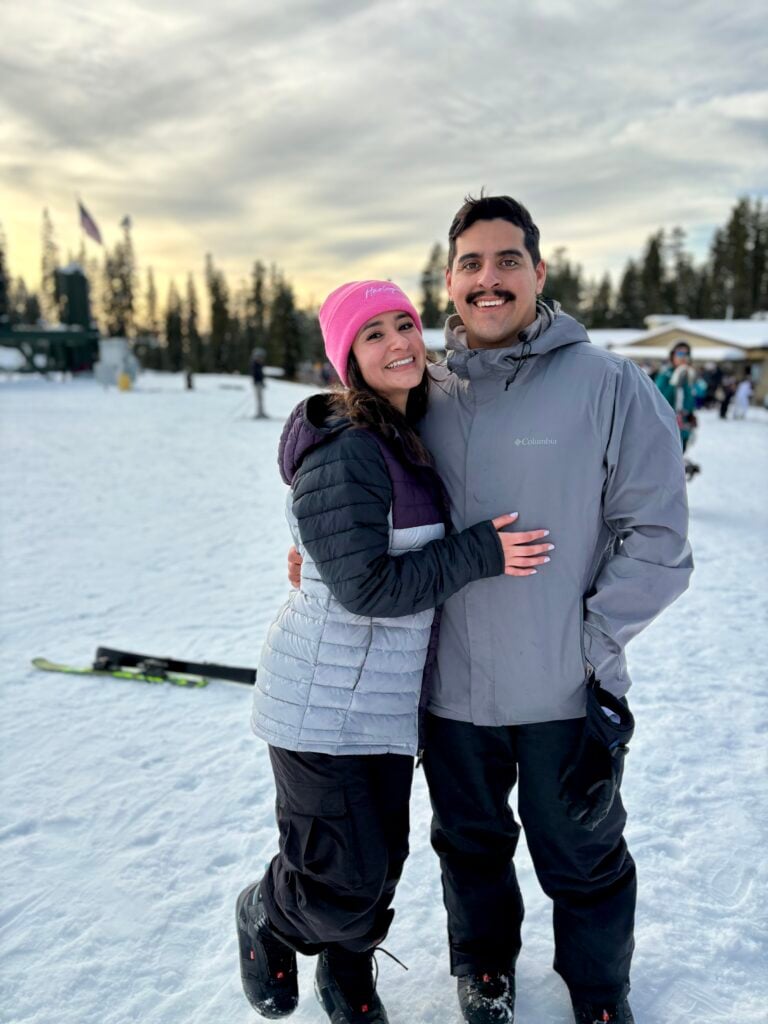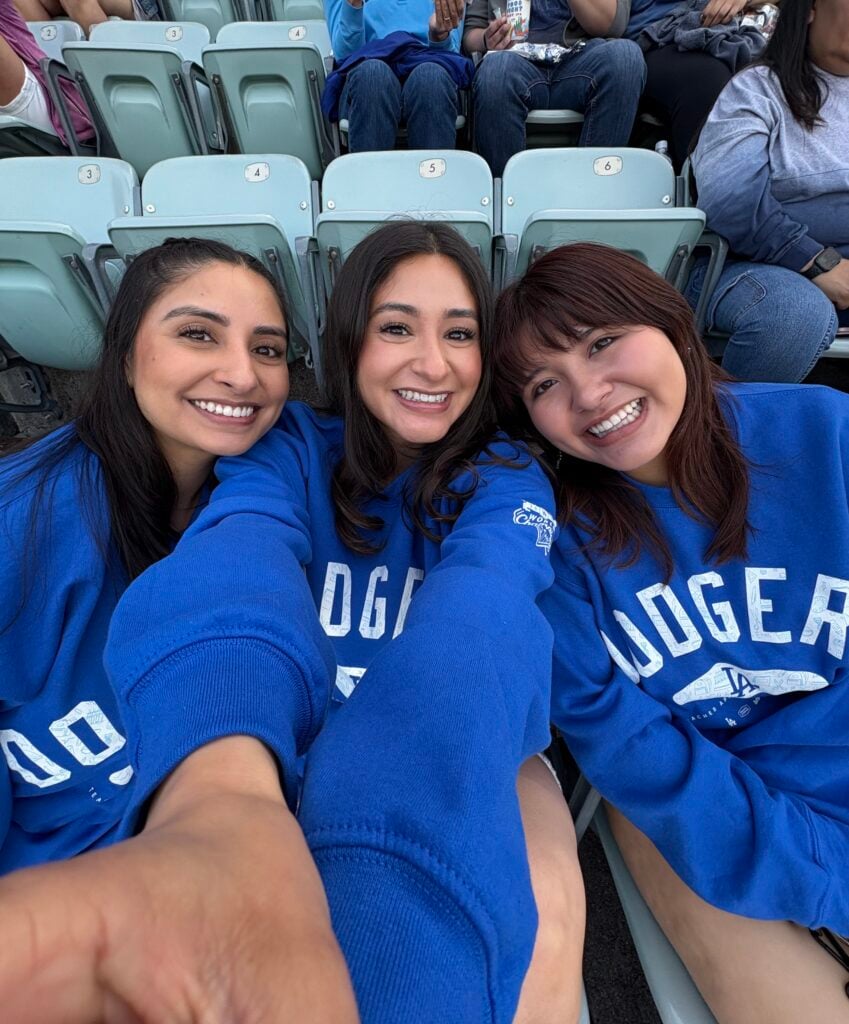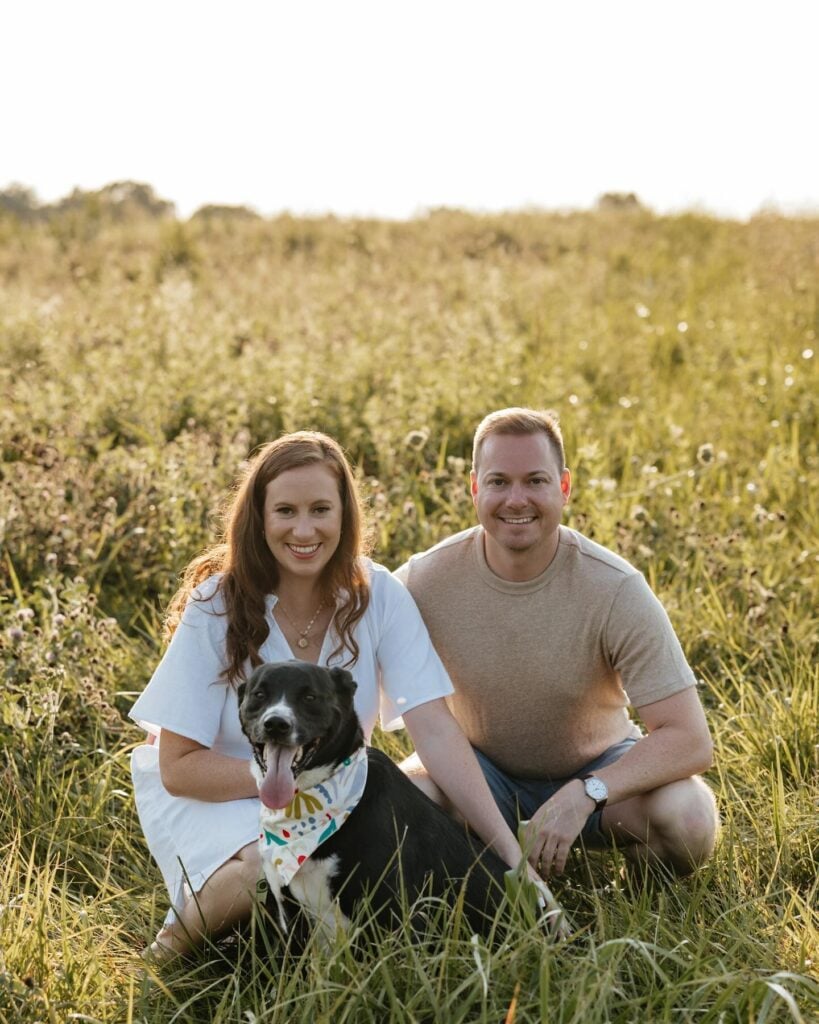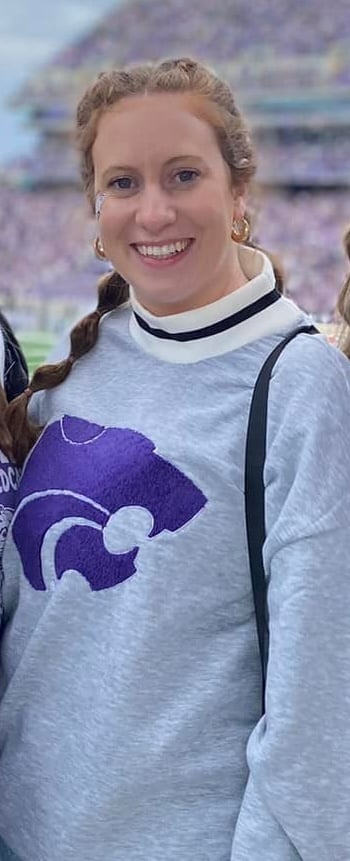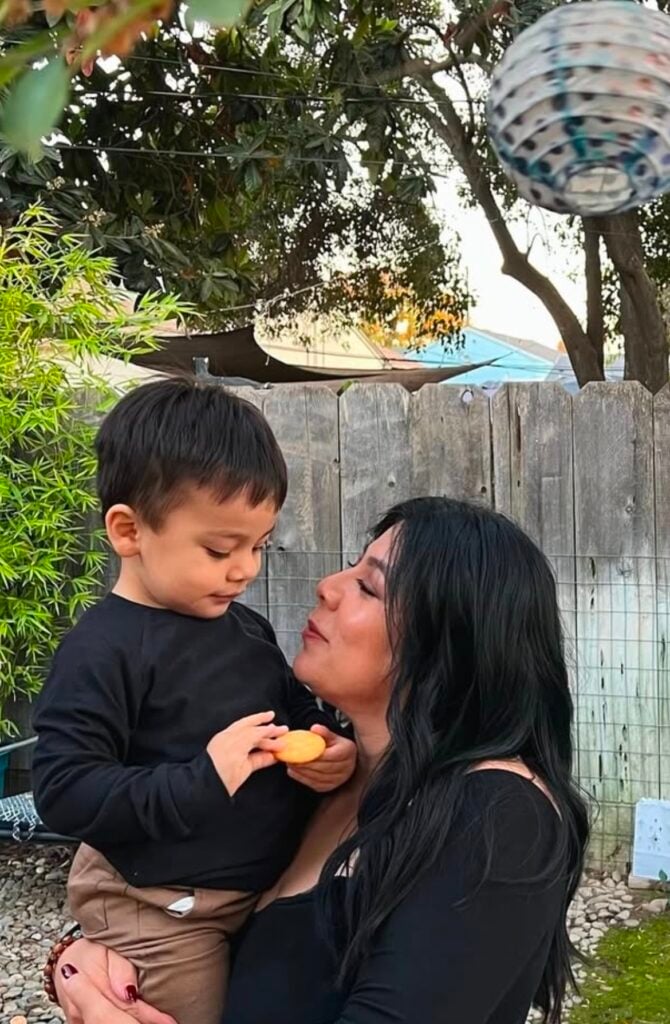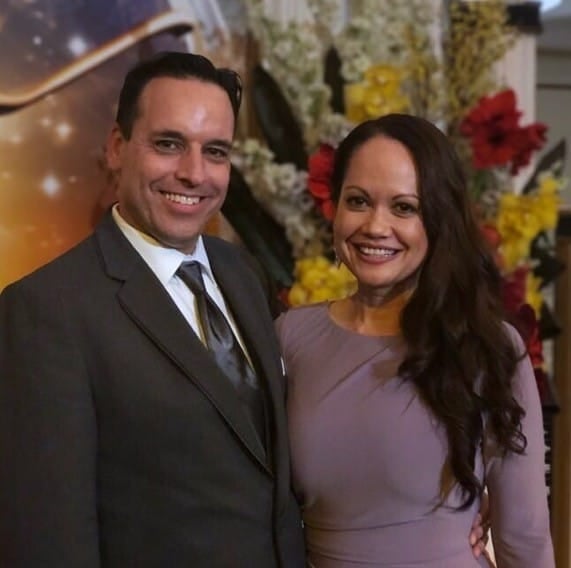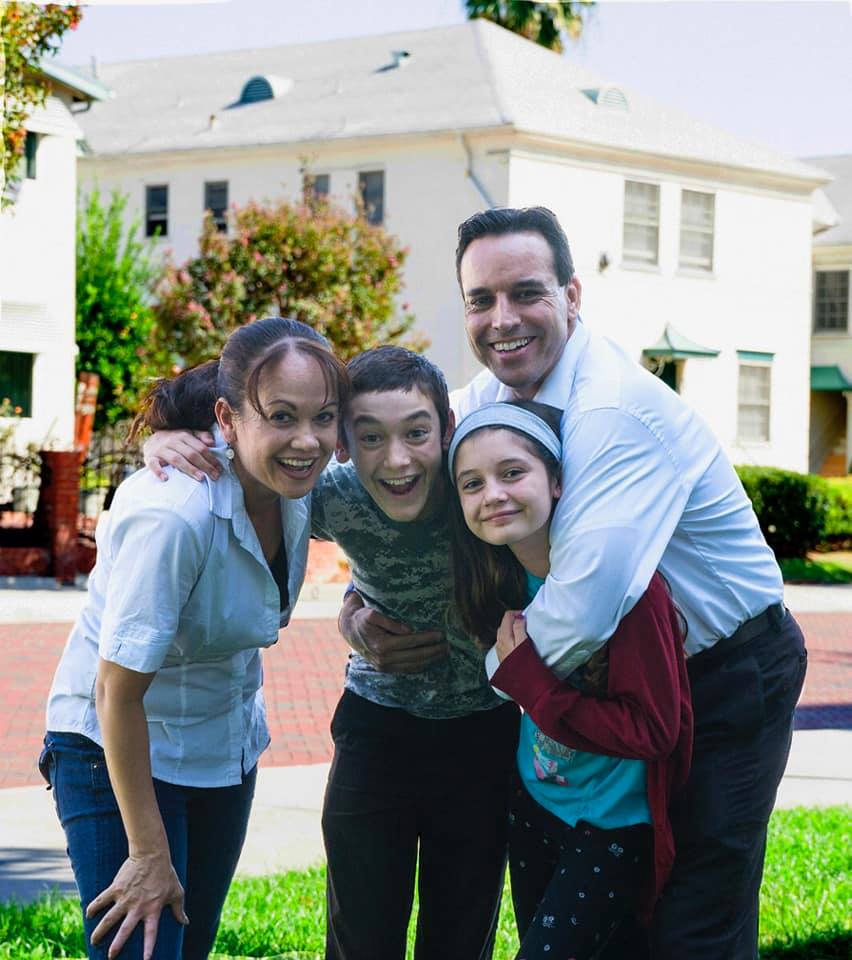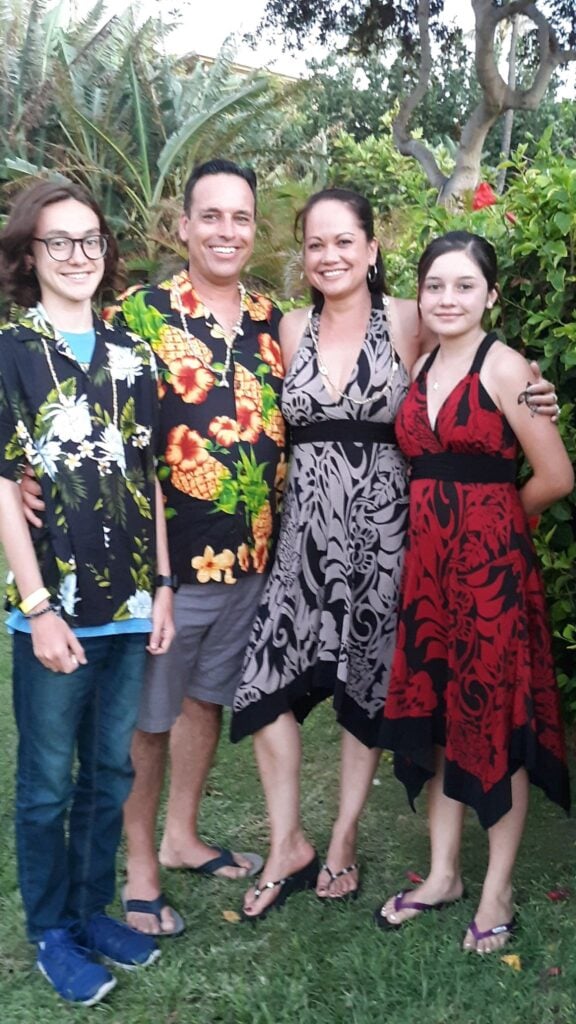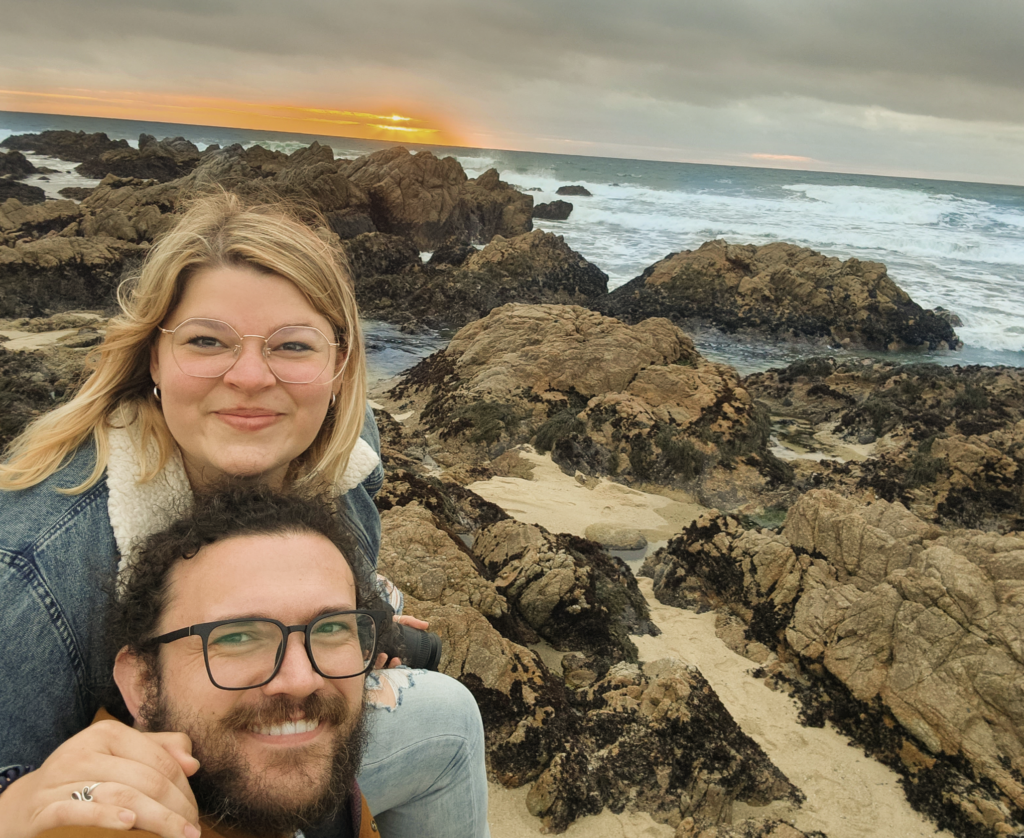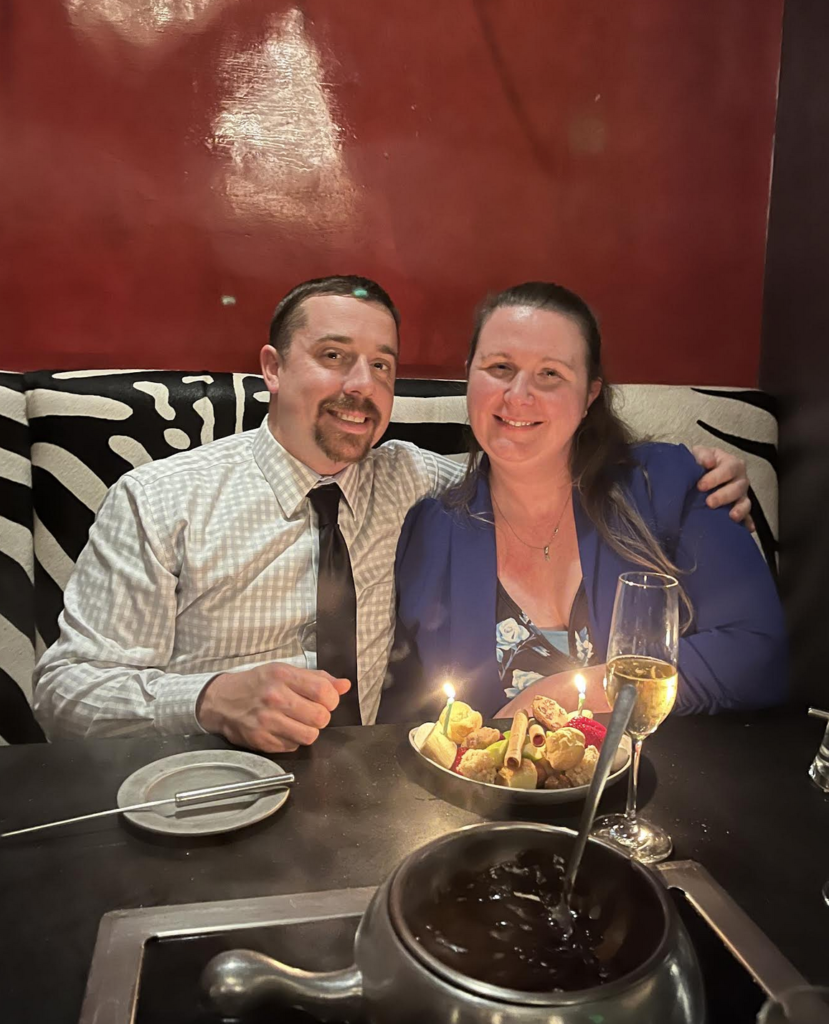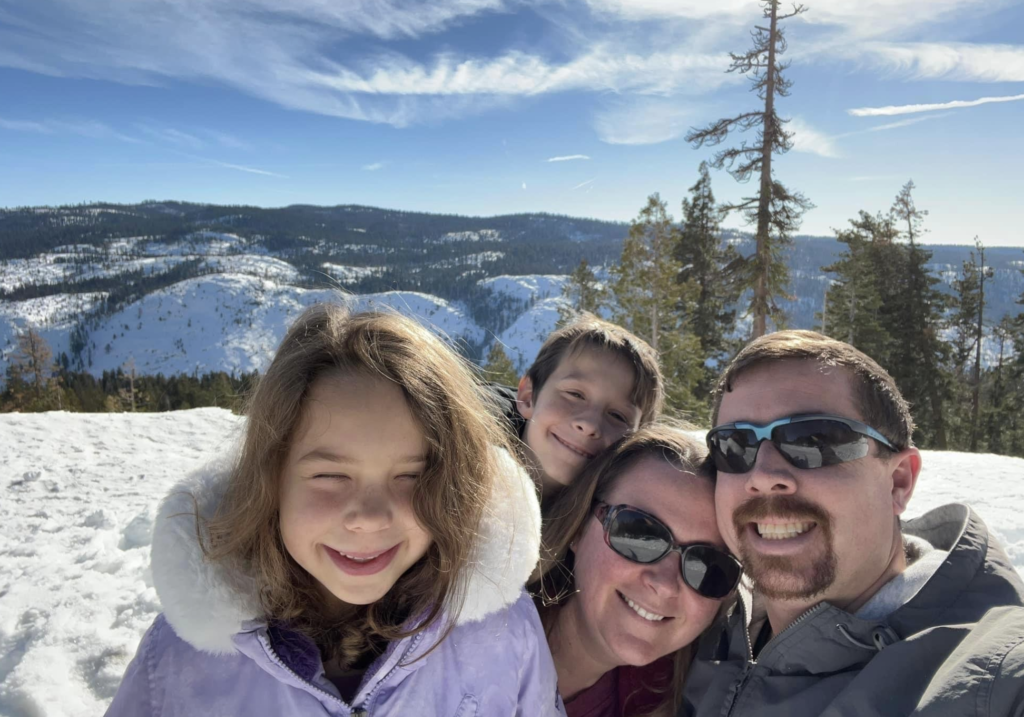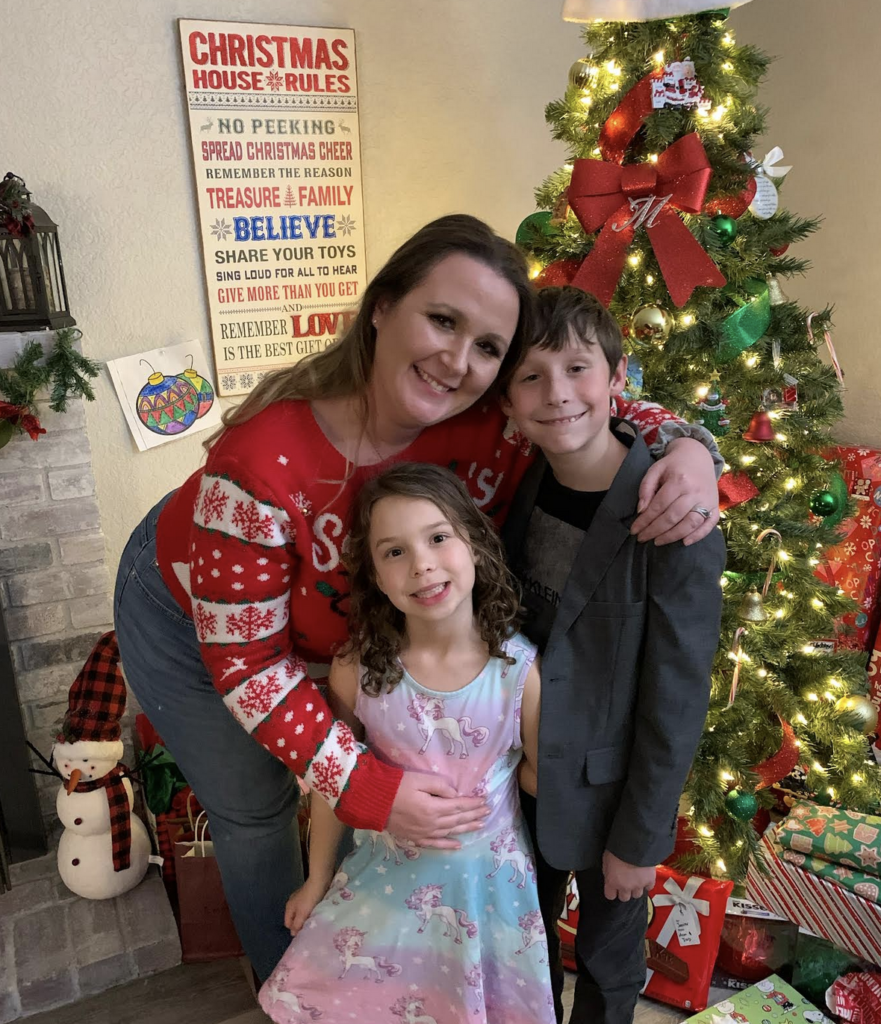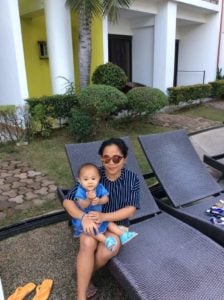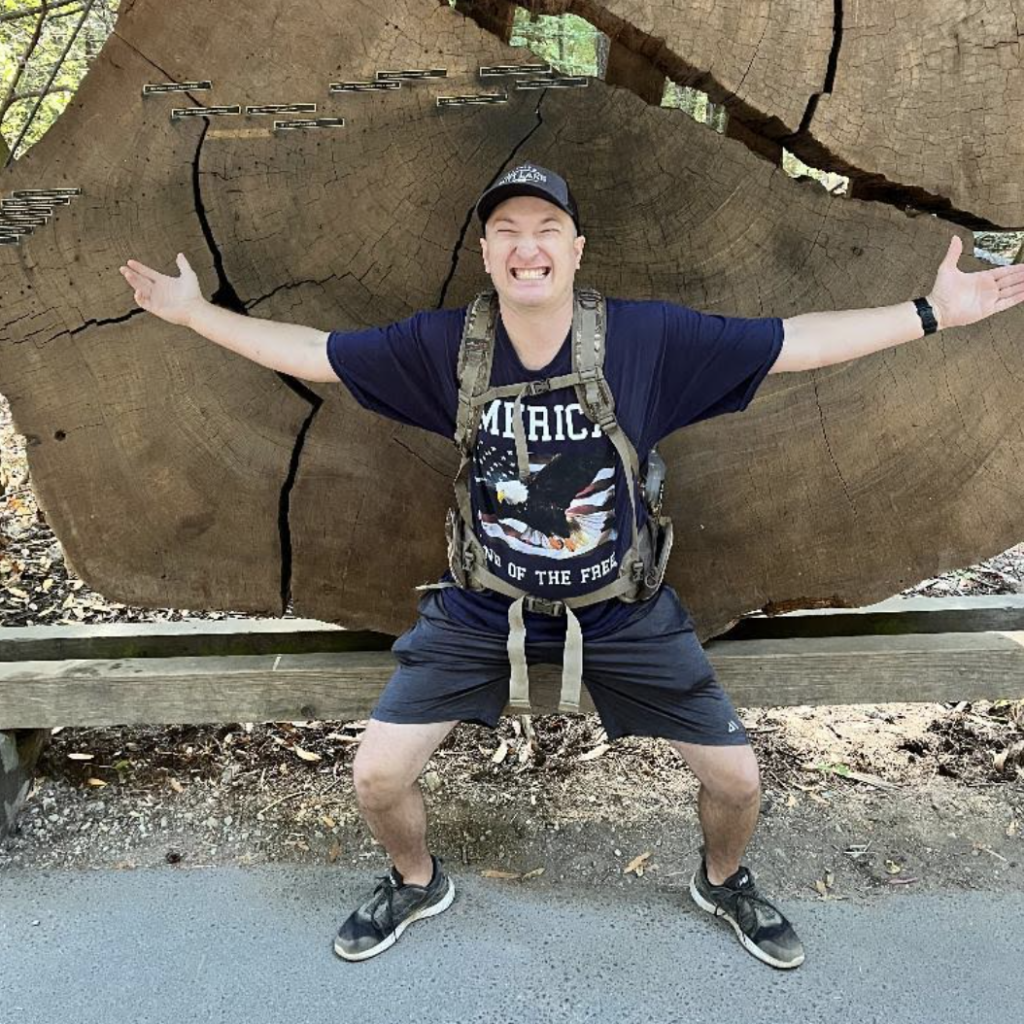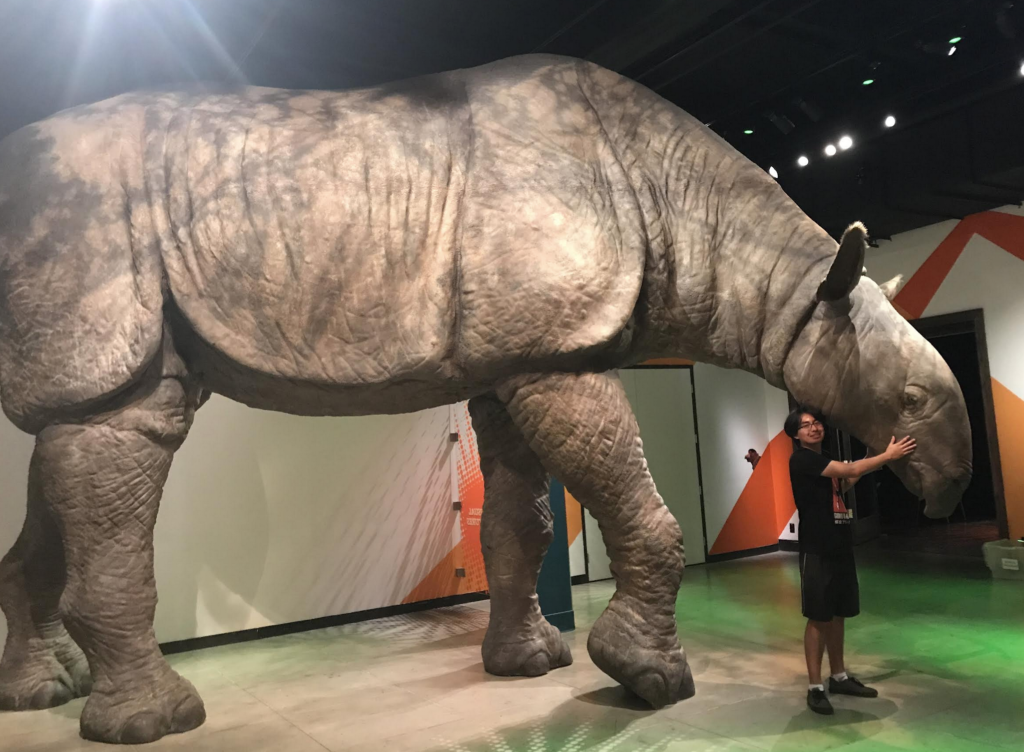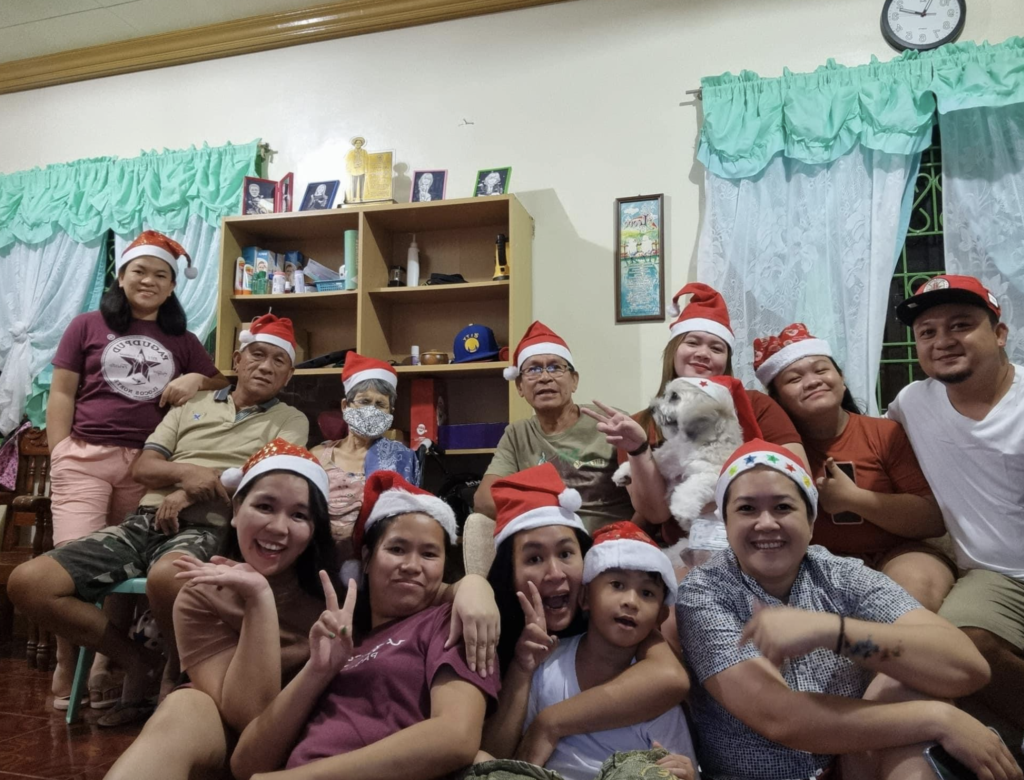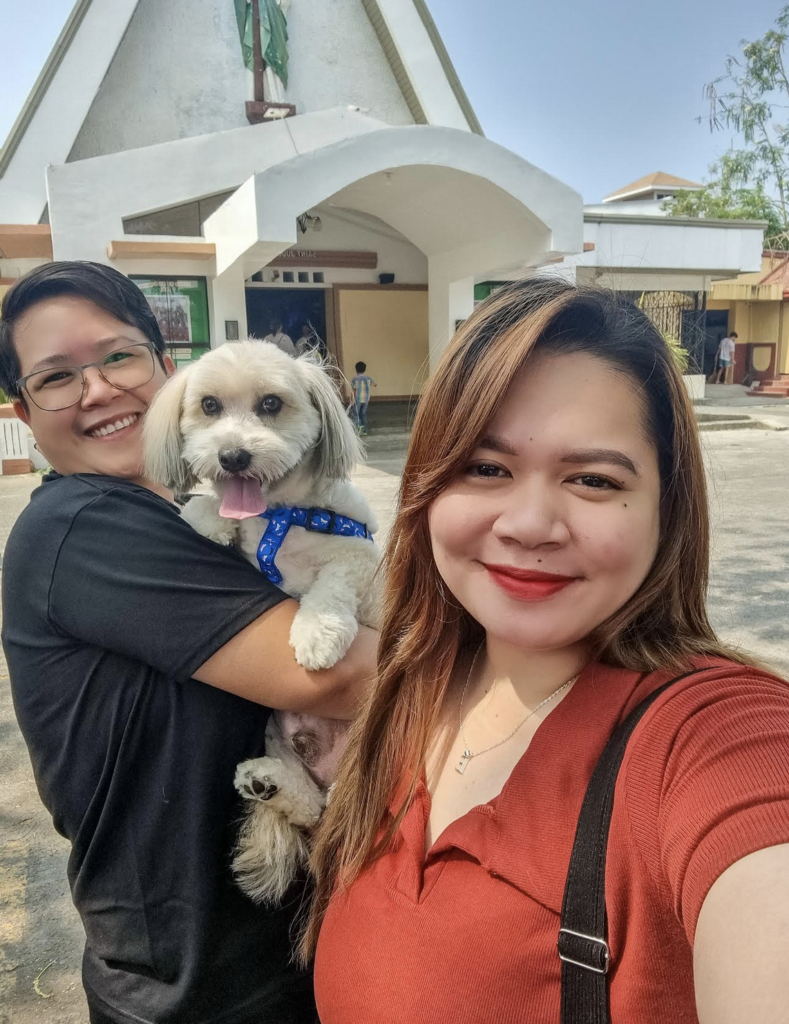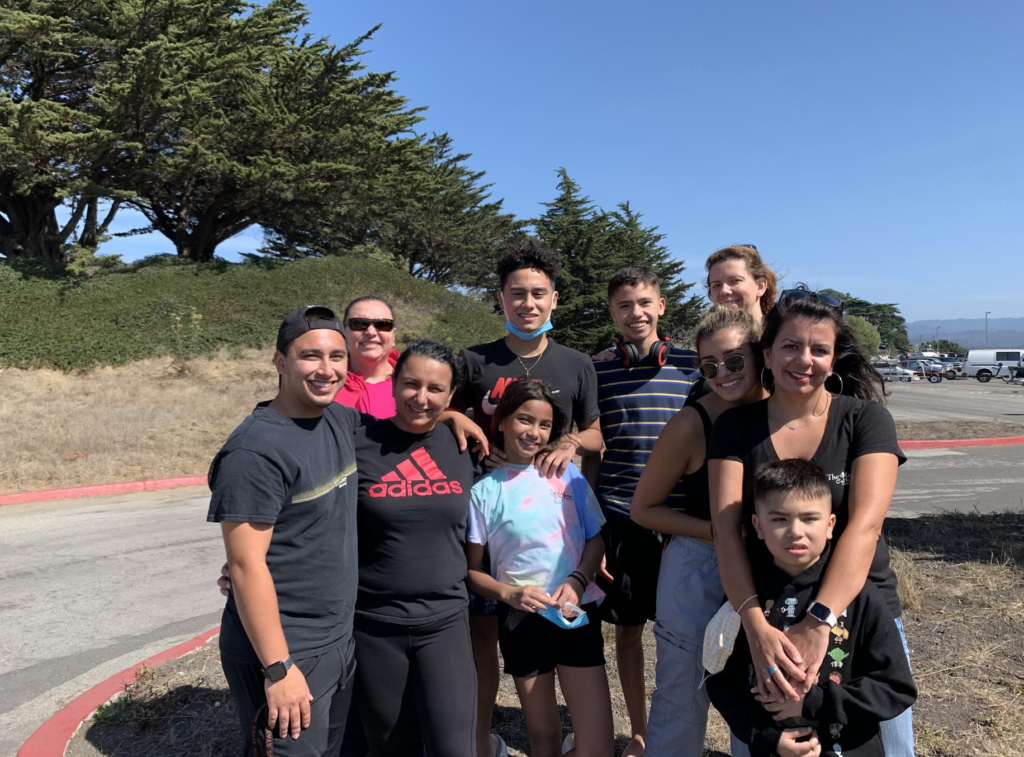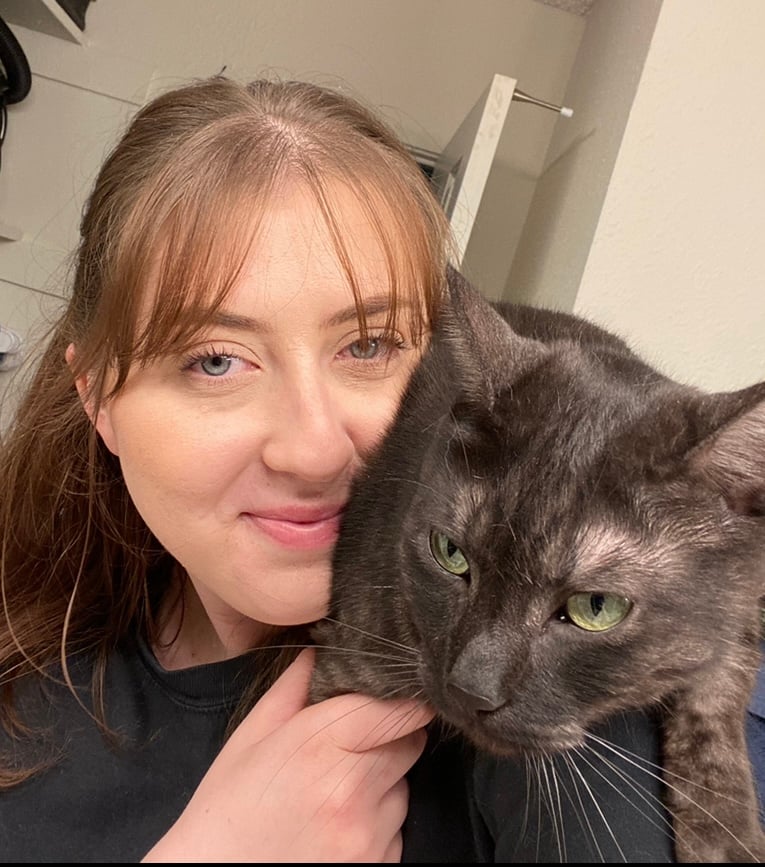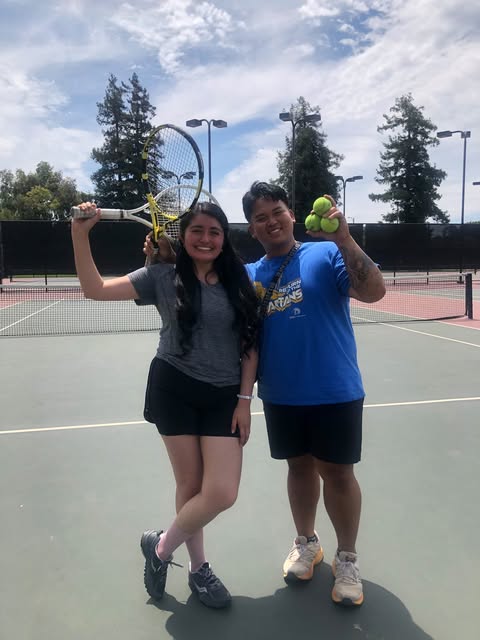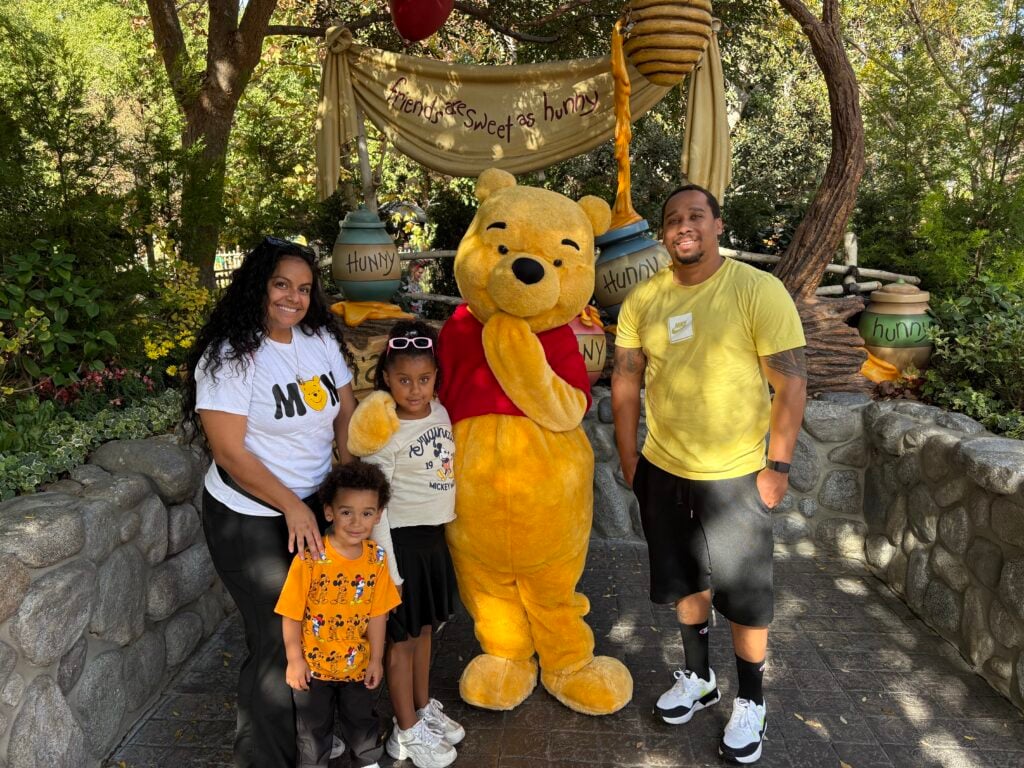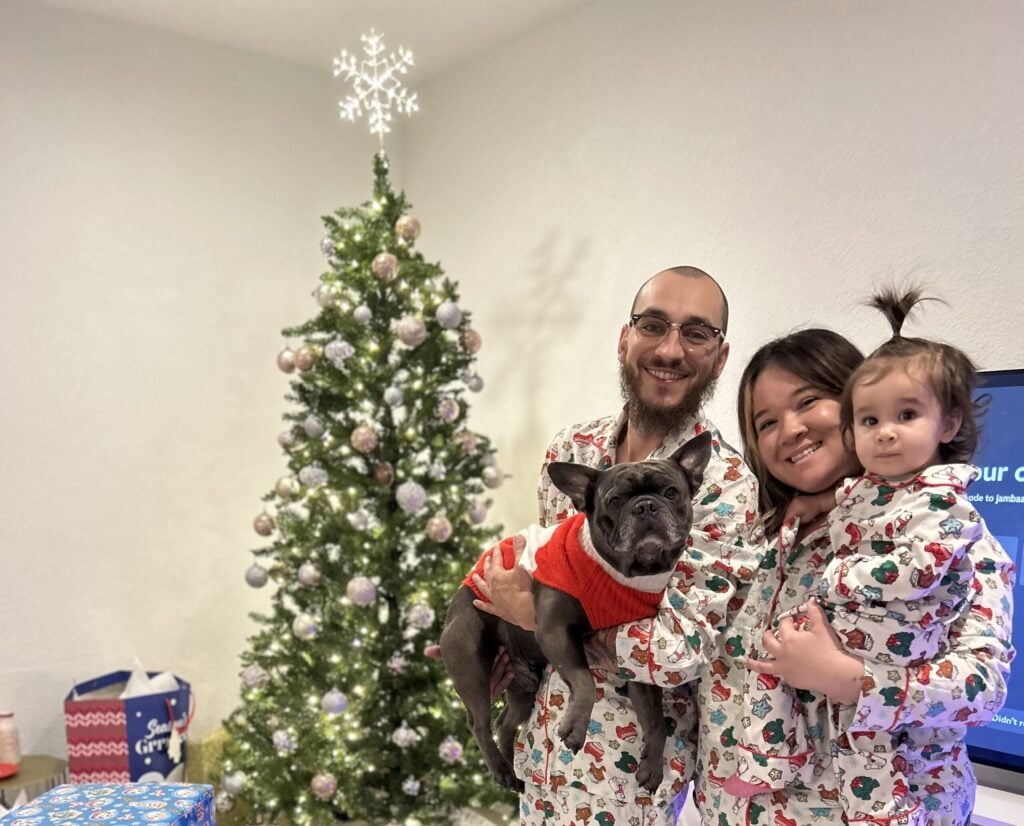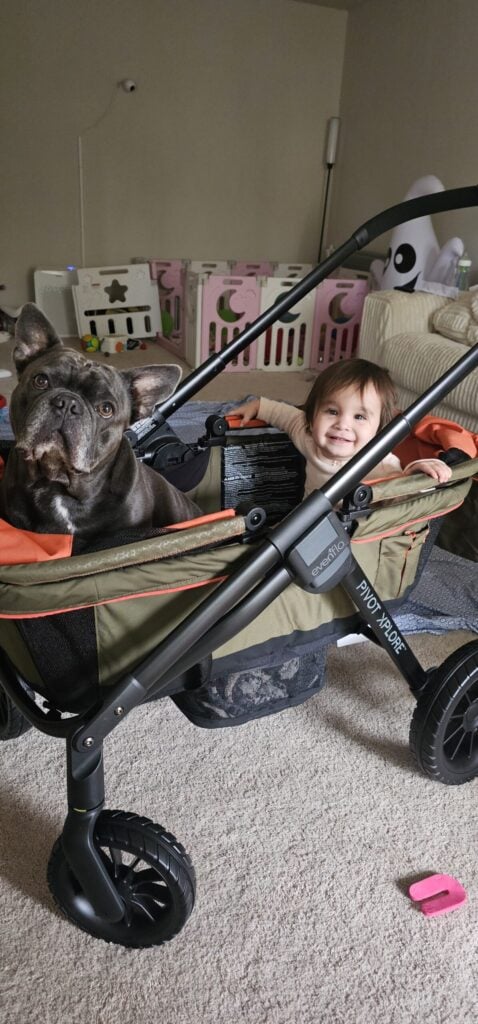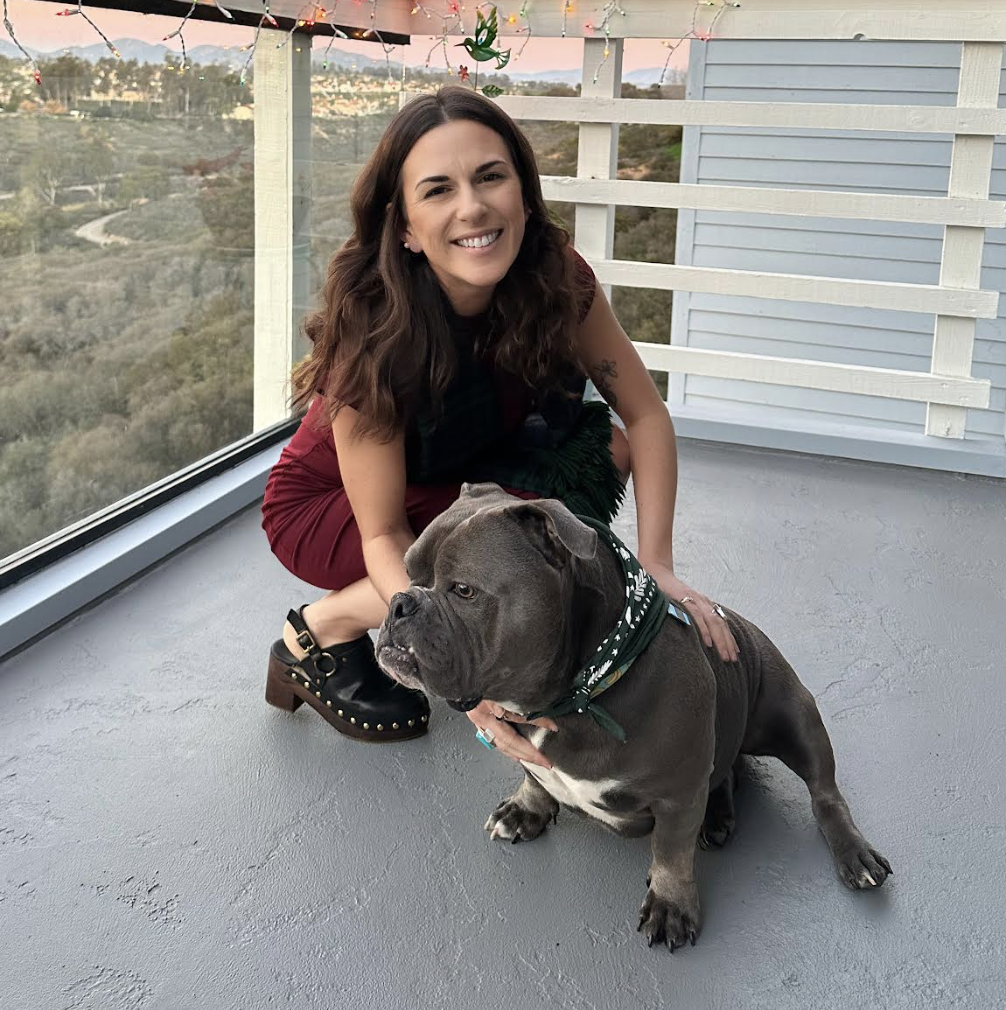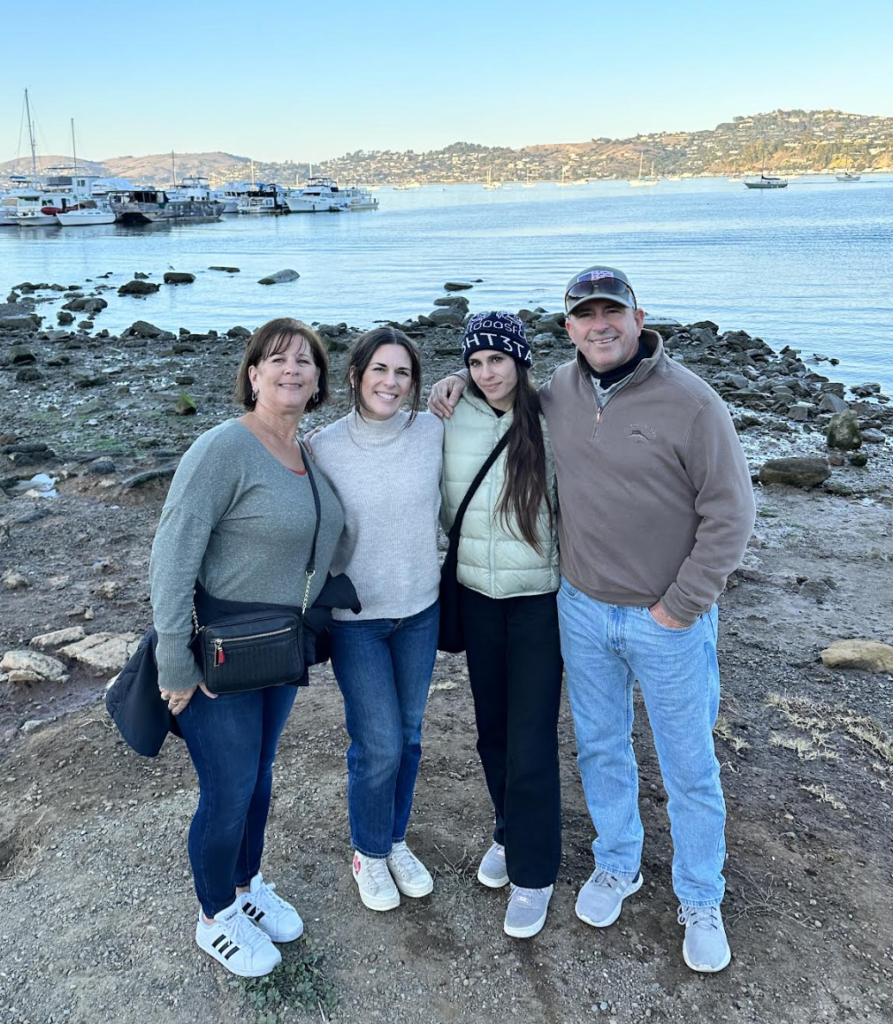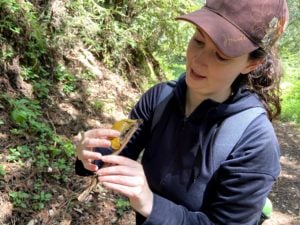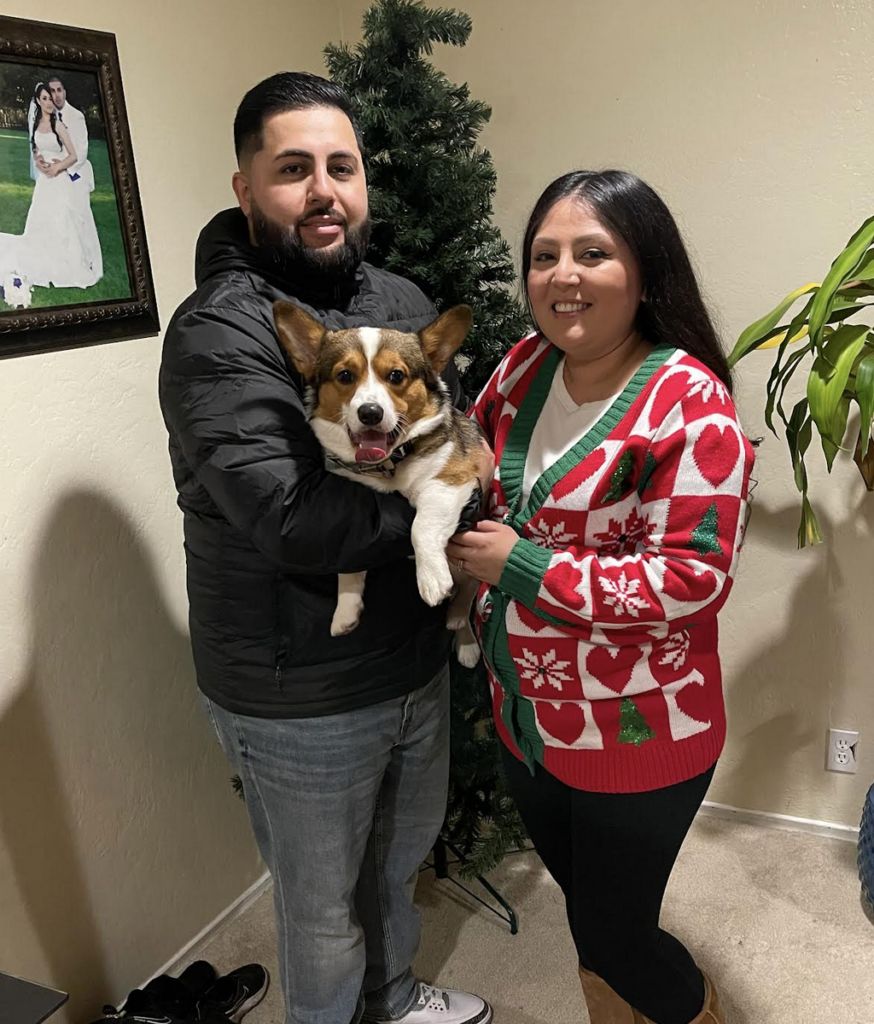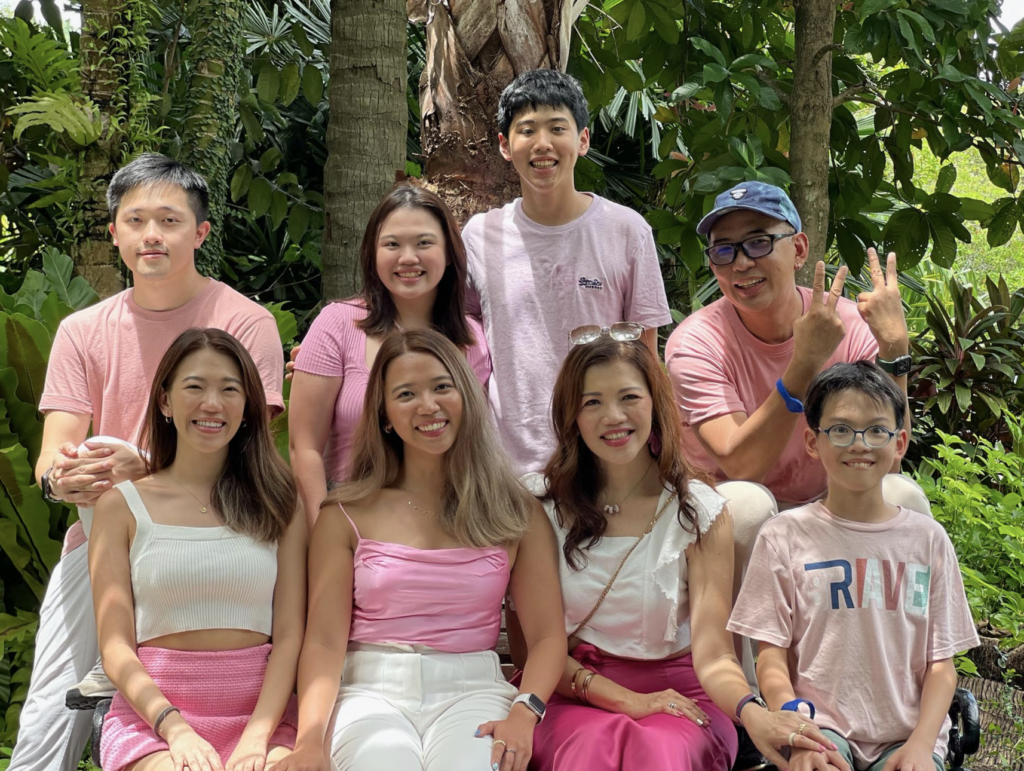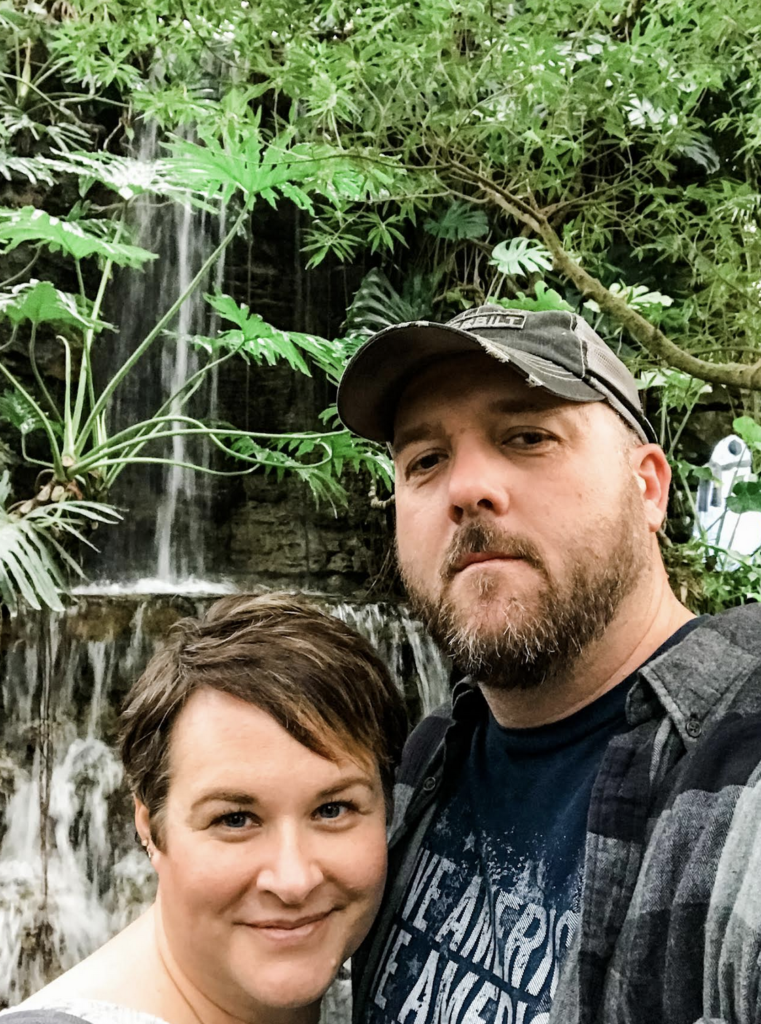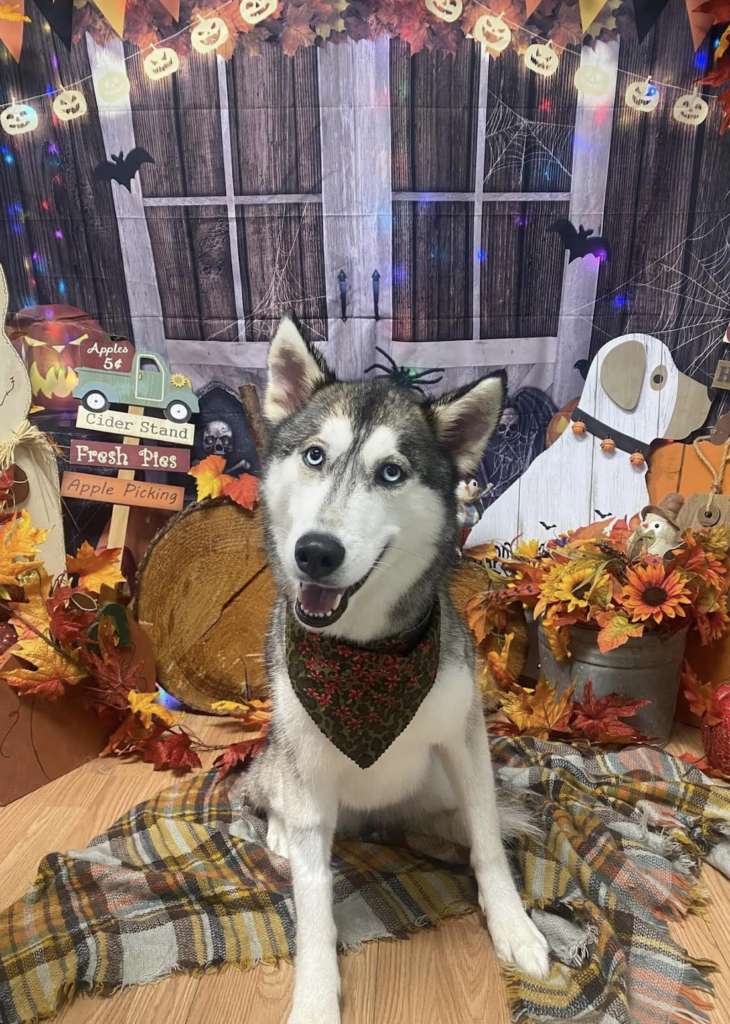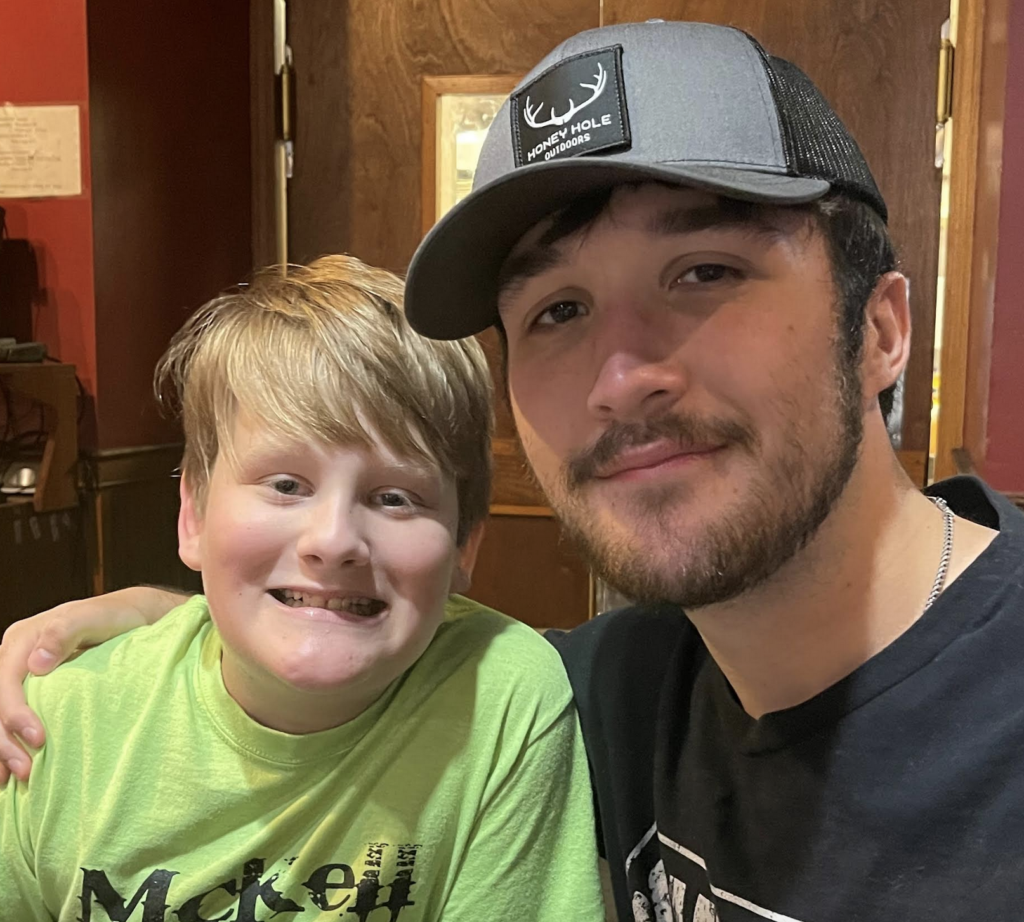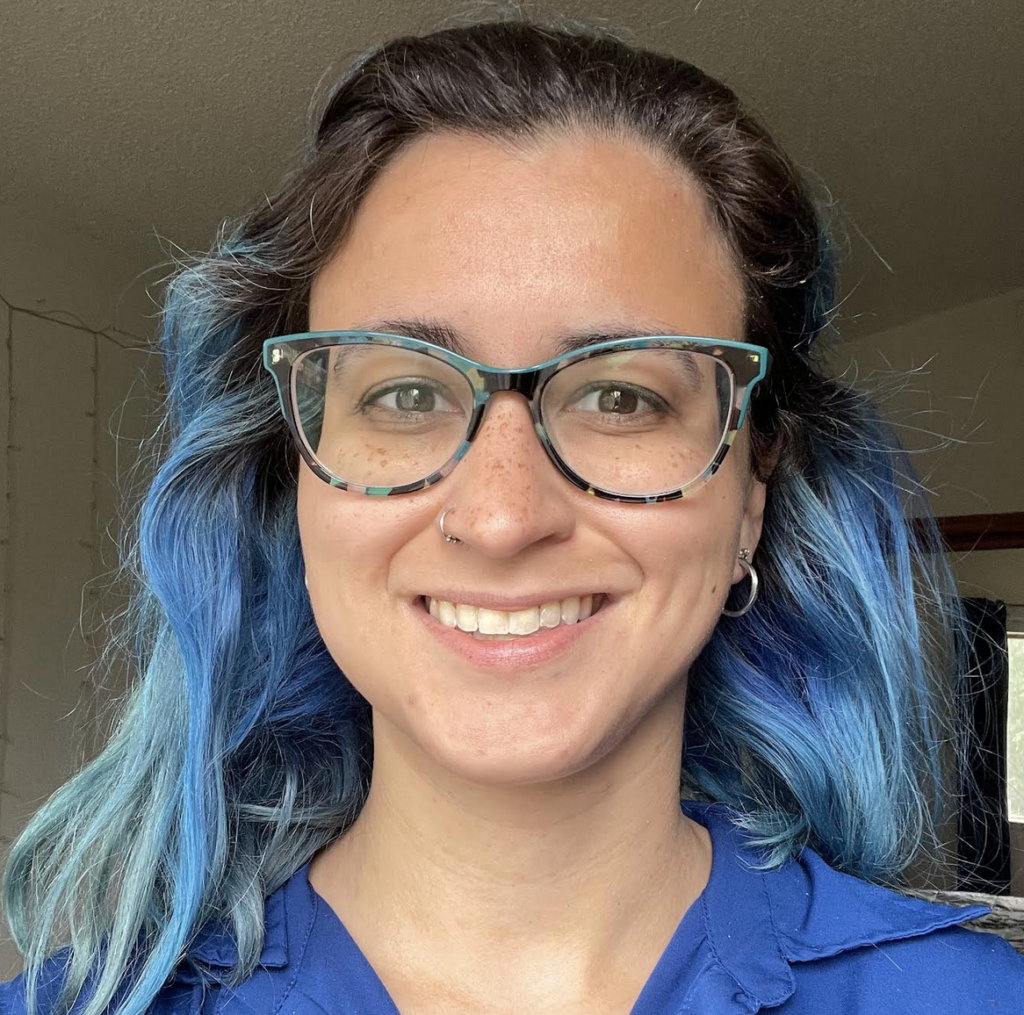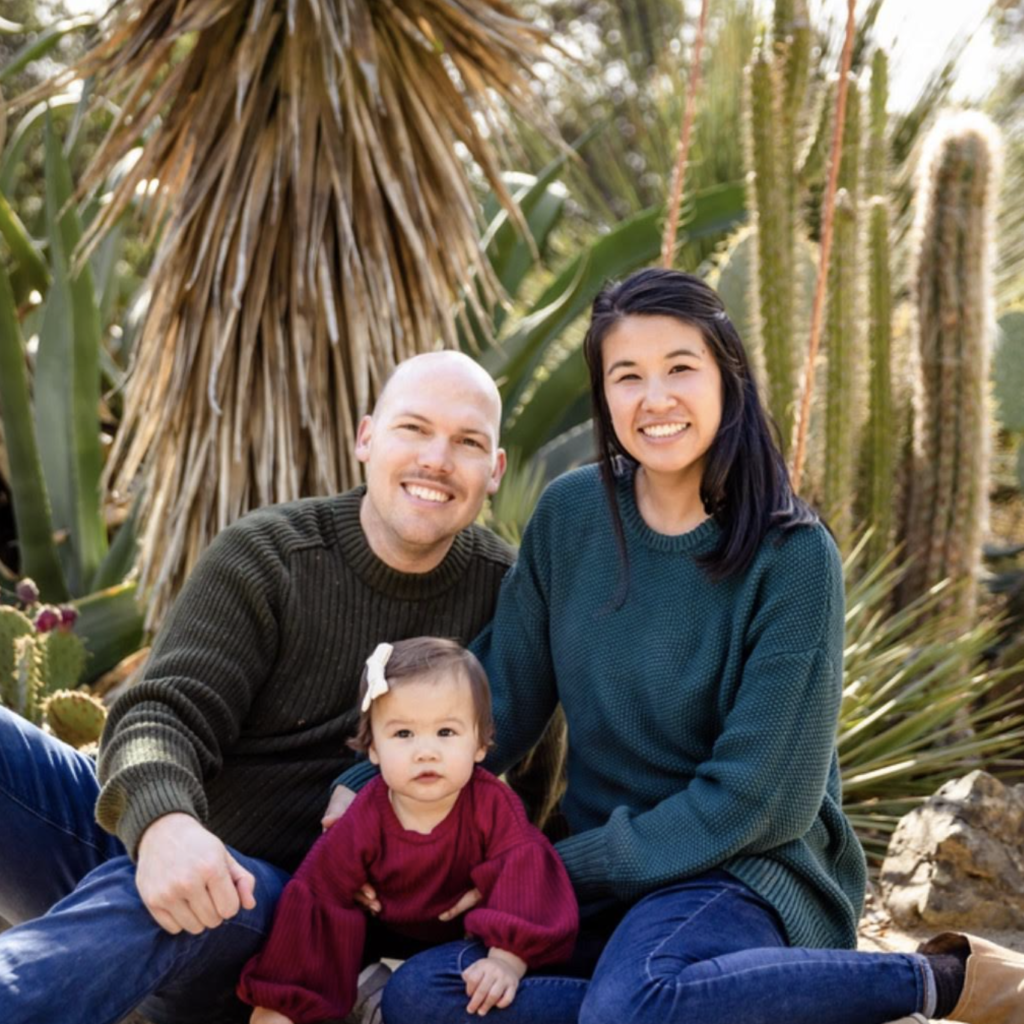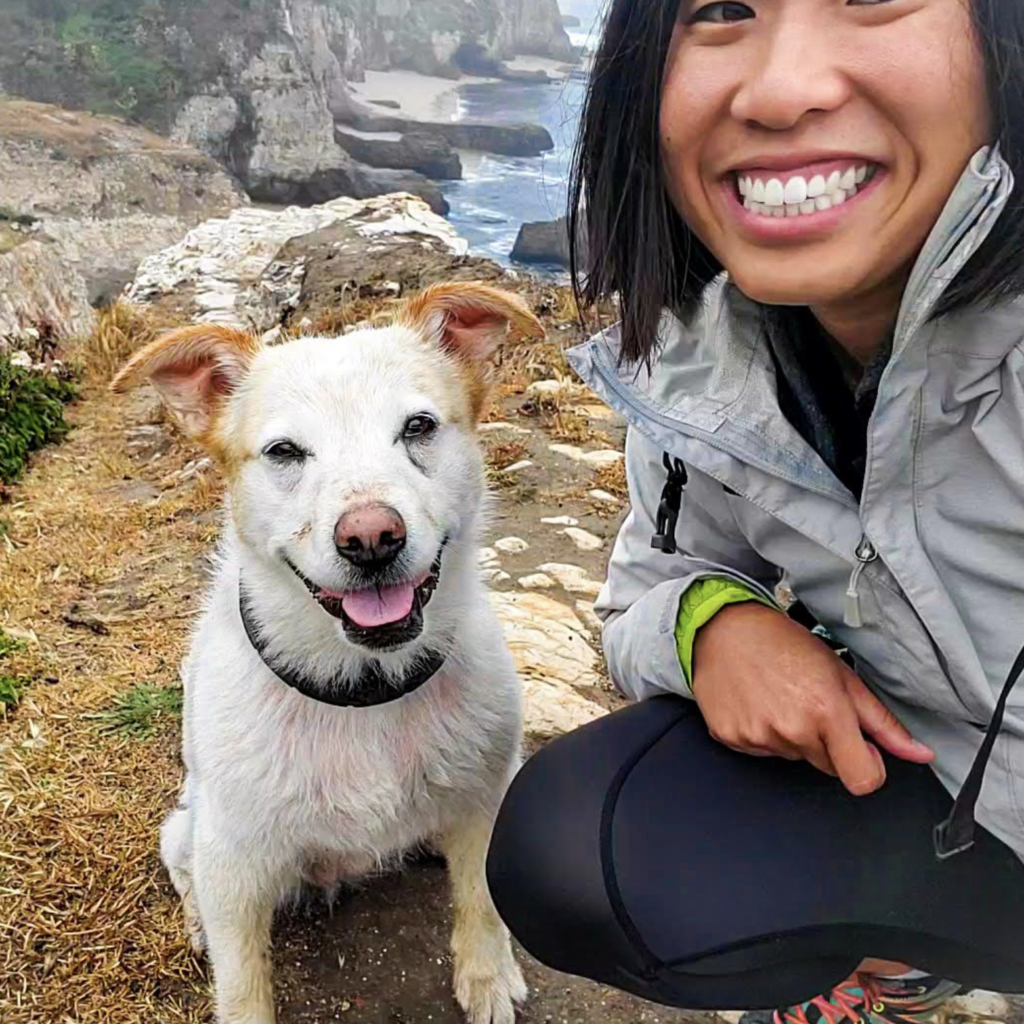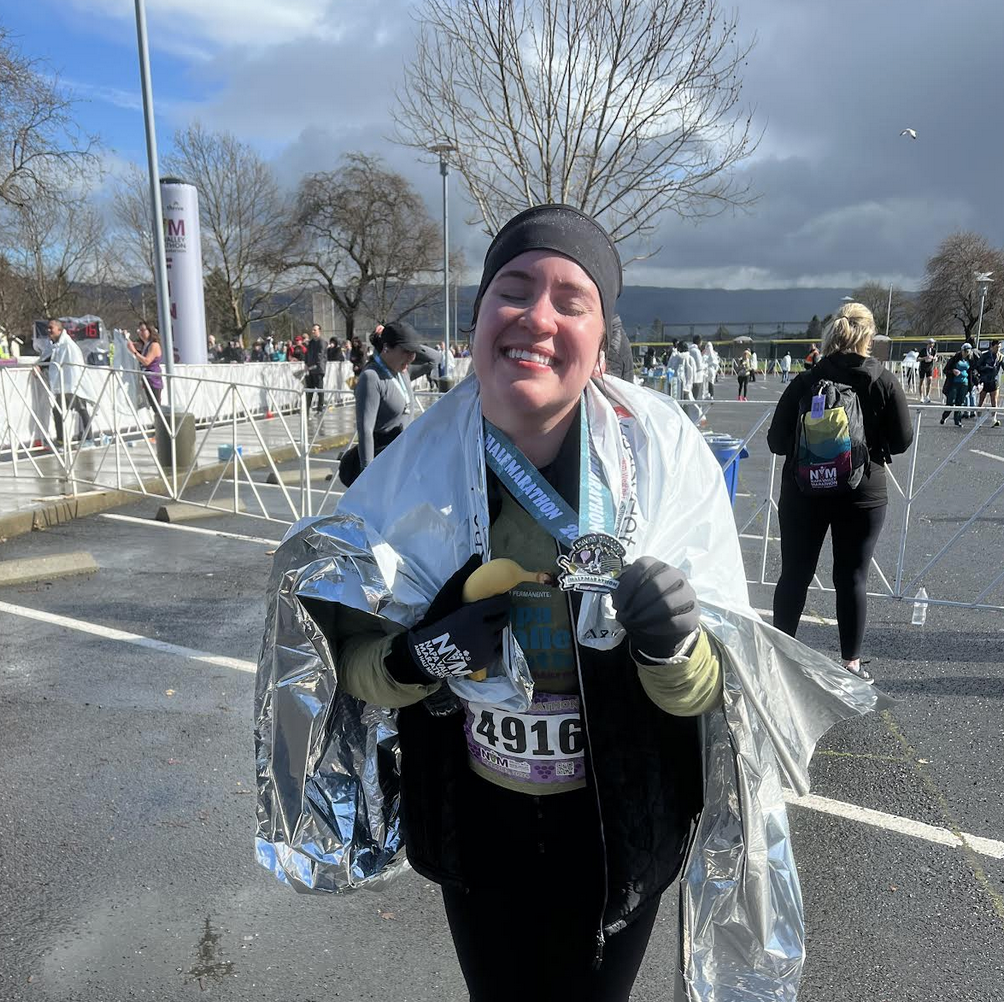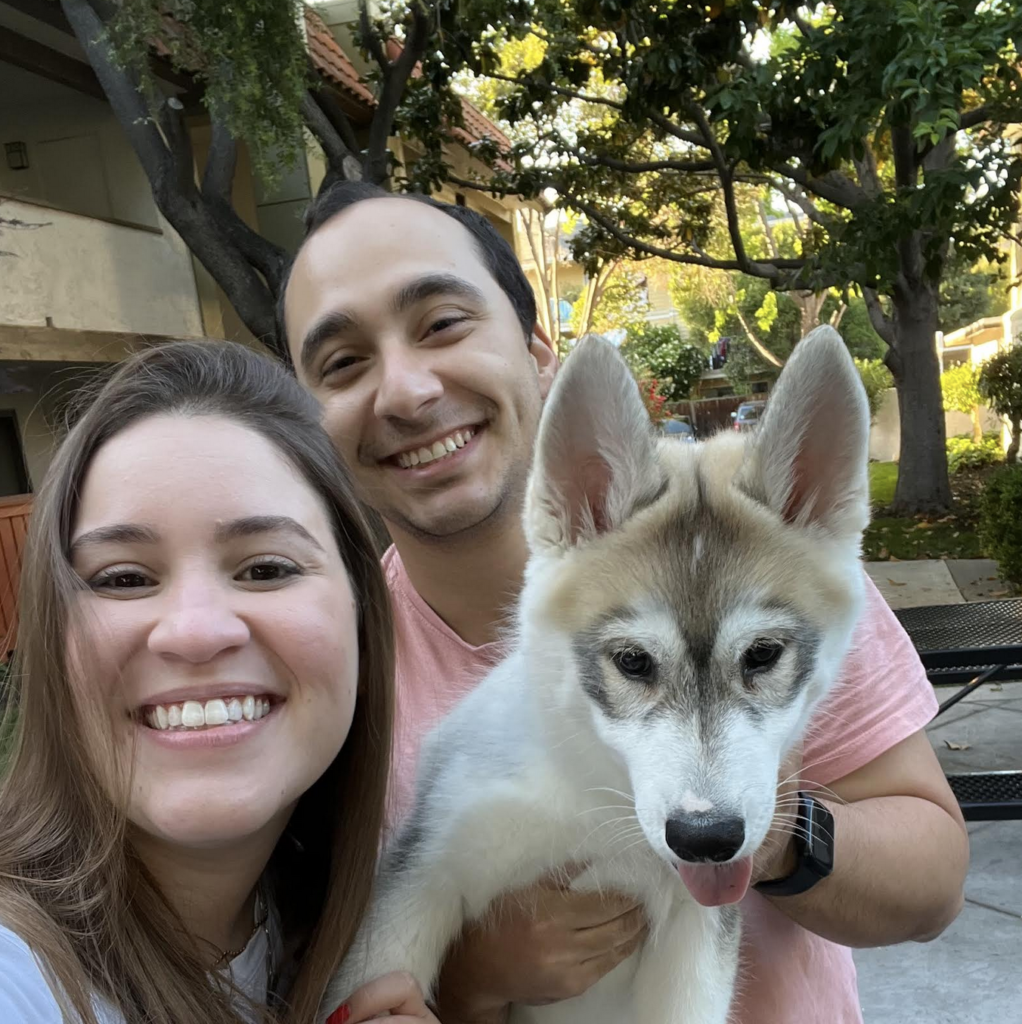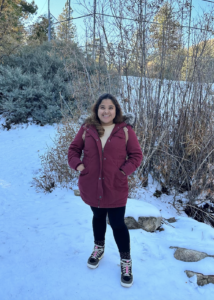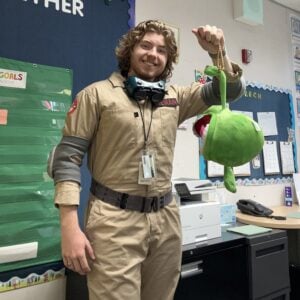Imagine if your child had a tool that could unlock new ways to communicate, express themselves, and engage with the world—no matter their speech challenges. That’s exactly what augmentative and alternative communication (AAC) can offer.
For children who struggle to speak, whether due to developmental delays, injuries, or other challenges, AAC can be a game-changer. Today, we’re going to be discussing high-tech AAC devices and how to model AAC.
What Is AAC?
So what is AAC? It stands for augmentative and alternative communication. AAC is augmentative when used to supplement existing speech, and it’s alternative when it’s used in place of speech that is absent or not functional.
It could also be used temporarily as patients are recovering from an injury, or after they’ve done certain surgical procedures, when they have no functional speech at that time.
Some of the apps that we are familiar with at JLD include TouchChat, Lamp, TD Snap, and Proloquo.
Modeling Strategies: Core Words Versus Fringe Words
When it comes to modeling strategies, it is really important to know the concept of core versus fringe words:
- Core words are our words that we most commonly use in our everyday setting or an everyday language. You could think of core words as words that are anything but nouns, i.e.: your verbs, your adjectives, your pronouns, and your prepositions. These are words that are easy to combine and that are used almost in every word combination or sentence.
- Fringe words are words that are very specific to a context, to a topic or to a place. These would be primarily nouns because these words are very specific to a person or topic.
Core words are important because, when we first teach kids language, we want them to be able to combine two or three words to facilitate more robust language. When we do core words, then it’s really easy to combine. For example, if you teach a kid the word “go,” then he could combine it with other words he knows (i.e., “I go,” or “you go”). There are a lot of possible combinations that could go with the word “go.”
But on the other hand, if you teach kids a fringe word like “ball,” then it would be really hard to combine that because the only function they could do with the word “ball” is probably label it or request for it. It’s really hard to use it across a variety of word combinations.
OWL Strategies for Modeling
OWL strategies are observing, waiting, and listening. Sometimes, we as parents forget that we are providing our kids with these models, but not giving them enough time to think and actually observe what we are trying to model as we work with our kiddos in the context of play.
Aided language modeling is modeling in the context of a daily routine. It is important to make it natural and fun. While we model language, we do not use hand over hand prompting.
Common Myths About AAC
Here are some of the most common myths we’ve heard about using AAC devices:
Using an AAC Device Will Prevent the Child from Speaking
This is not true. If anything, AAC supports natural speech and development. There are countless research studies that have shown AAC does not hinder speech development, but in fact it can improve vocabulary and speech production.
Children Who Can Physically Speak Do Not Need AAC Devices
Another thing that a lot of parents tell us is, “My kid can already speak, so why would we focus on AAC rather than just focusing on verbal speech?” And while that may be true, it doesn’t mean your child can’t benefit from using an AAC device. A child who is insufficient in meeting all of their communication needs will benefit from a system that supplements speech production.
Children Should Start with Four Icons
A lot of parents think this, but it’s not entirely true. We always want to presume competence, and we want children to demonstrate the skills to learn and grow with AAC. We always assume that they know more than they do because there’s no way of knowing what a child knows until we try with them.
A lot of times we would start with a bigger, more robust set of language with more icons at once, and we scale down from there if needed. AAC is just like learning to use a keyboard, or learning a new language. With more practice, we know that kids will get better.
It’s Okay to Use Hand Over Hand Prompting
This is not true. Research has shown that it is far more effective to model language using AAC than to use hand over hand prompting. Plus, we also want to respect the child’s bodily autonomy.
When we’re grabbing our kids’ hands and going to model by forcibly getting them to click on the icons on the AAC, we’re not really respecting their body and we’re forcing them to click on the icons.
We want to be careful about that, and we want language to be natural and to be self-motivated. It’s really important to cultivate that internal motivation by not doing hand over hand prompting.
Reach Out to JLD Therapy for More Information
AAC is more than just a communication tool—it’s a way for your child to build confidence, connect with others, and enhance their speech development. By embracing AAC and modeling its use consistently, you’re empowering your child to explore language in a new and exciting way.
If you have any questions about using AAC with your child, feel free to call JLD Therapy at (408) 337-2727 today and we’ll be happy to help.
About Ping Lau, SLP
Ping received her Master of Science in Speech-Language Pathology at The University of Washington. During her two years in grad school, she gained experience in the school, clinical, and hospital settings. She has worked with children in outpatient and school settings from birth up to age 21. She has also worked with adults in the hospital setting during her clinical practice and full-time internship.
About Alejandra Jimenez, SLPA
Alejandra studied to become an SLPA at San Jose State University and California State University East Bay. She received her certification in 2022 and has had the opportunity to work closely alongside Speech Language Pathologists at KIPP public schools with Middle & High school students. Her experiences include treating articulation disorders, autism, and language delays.





